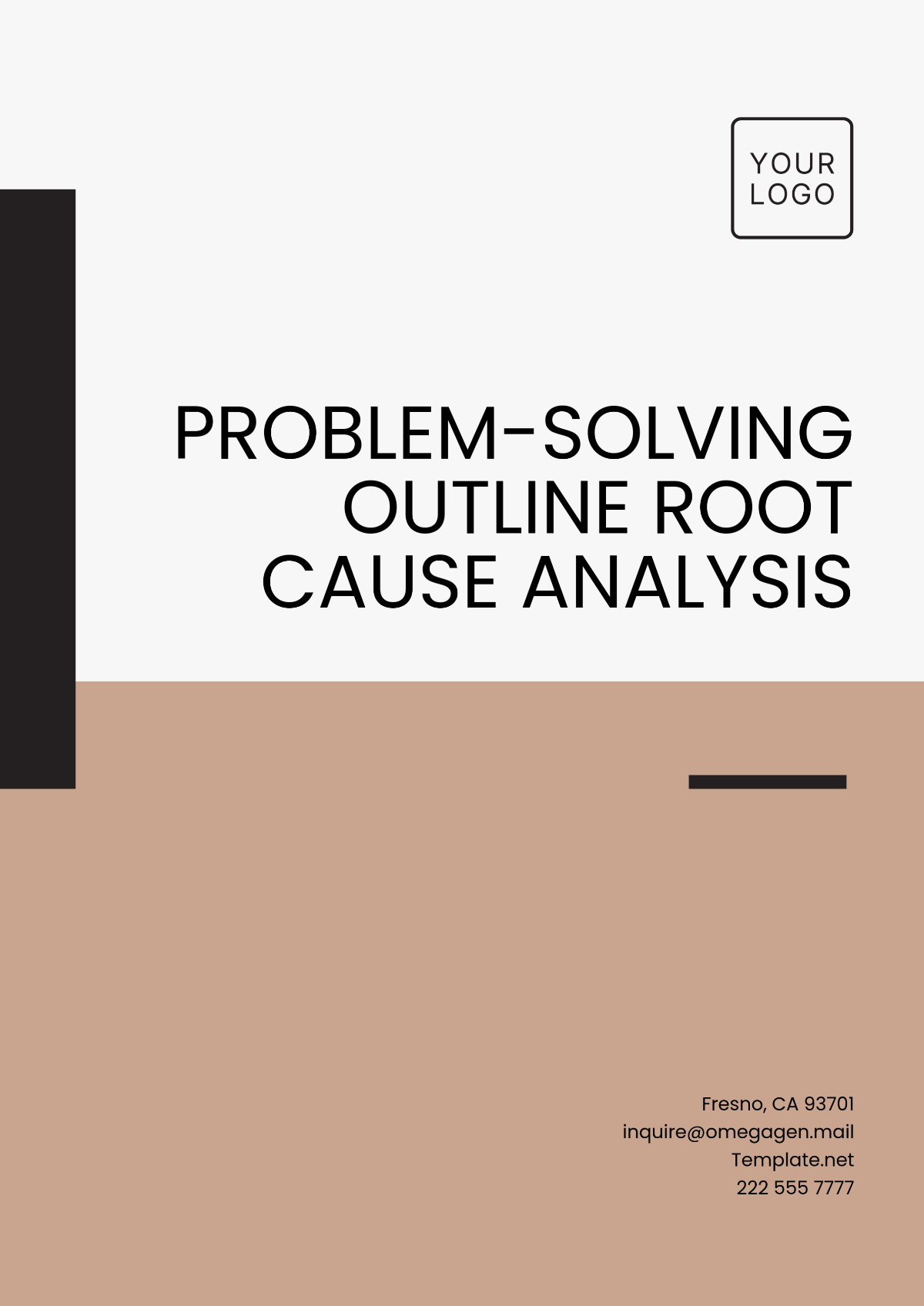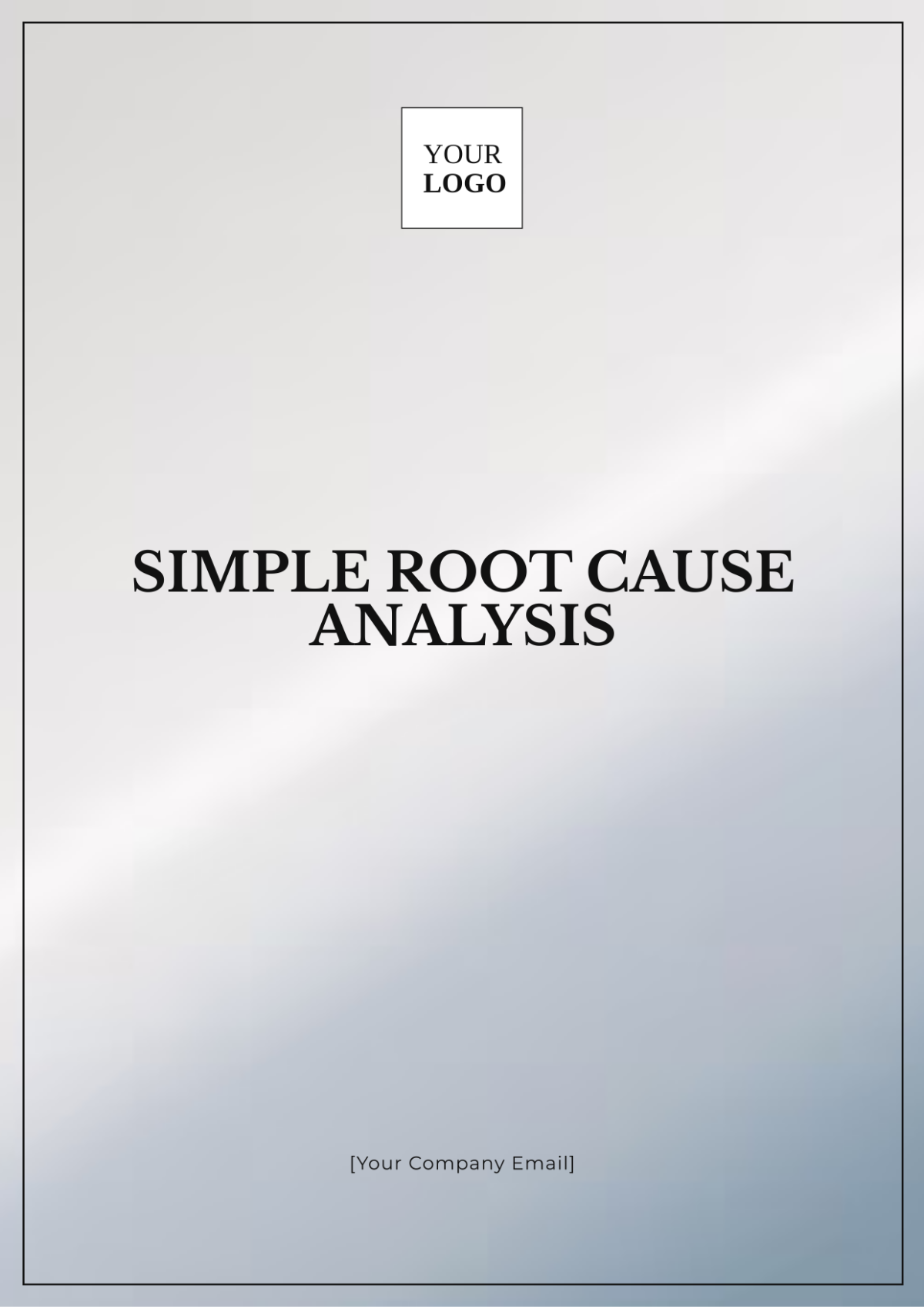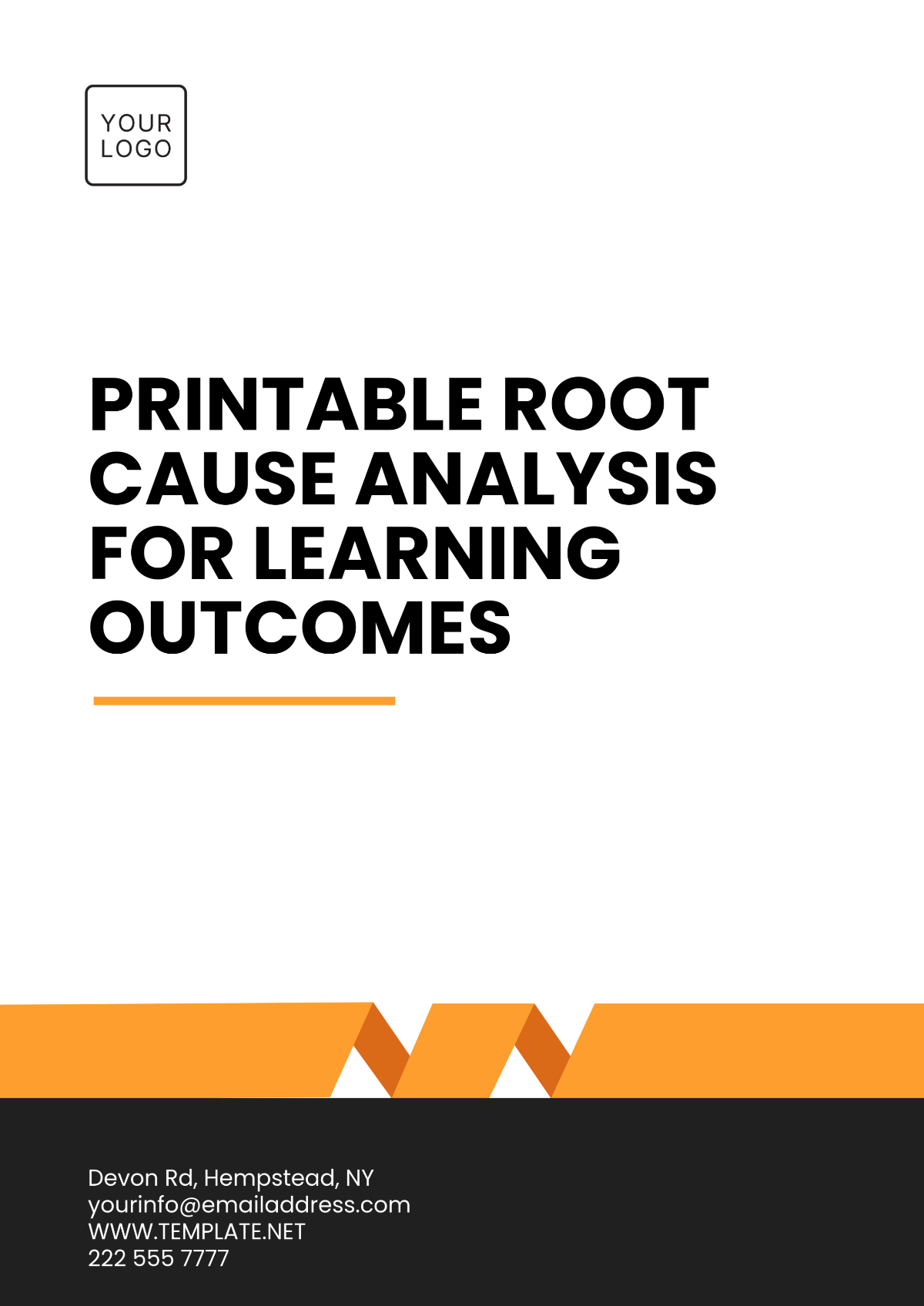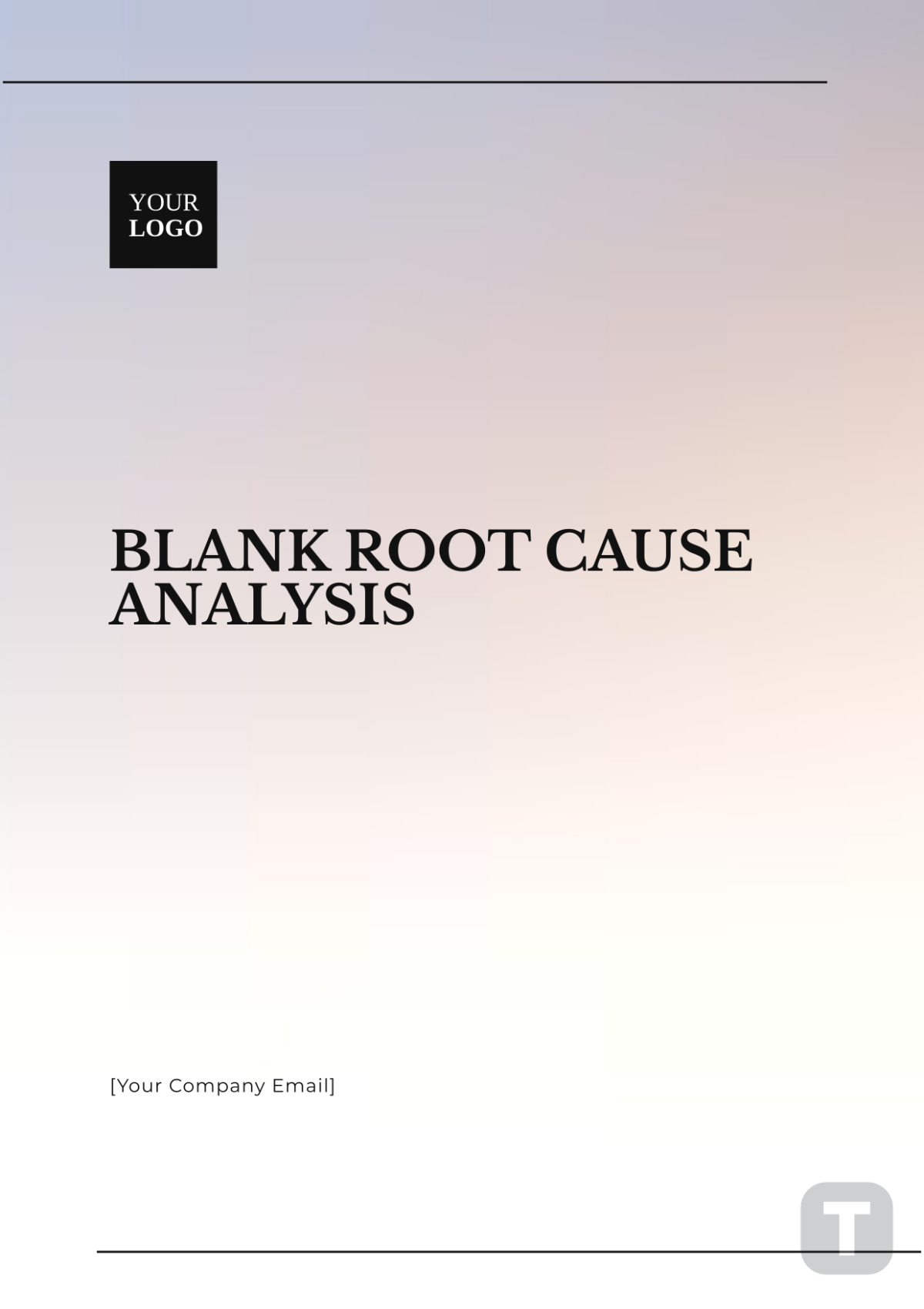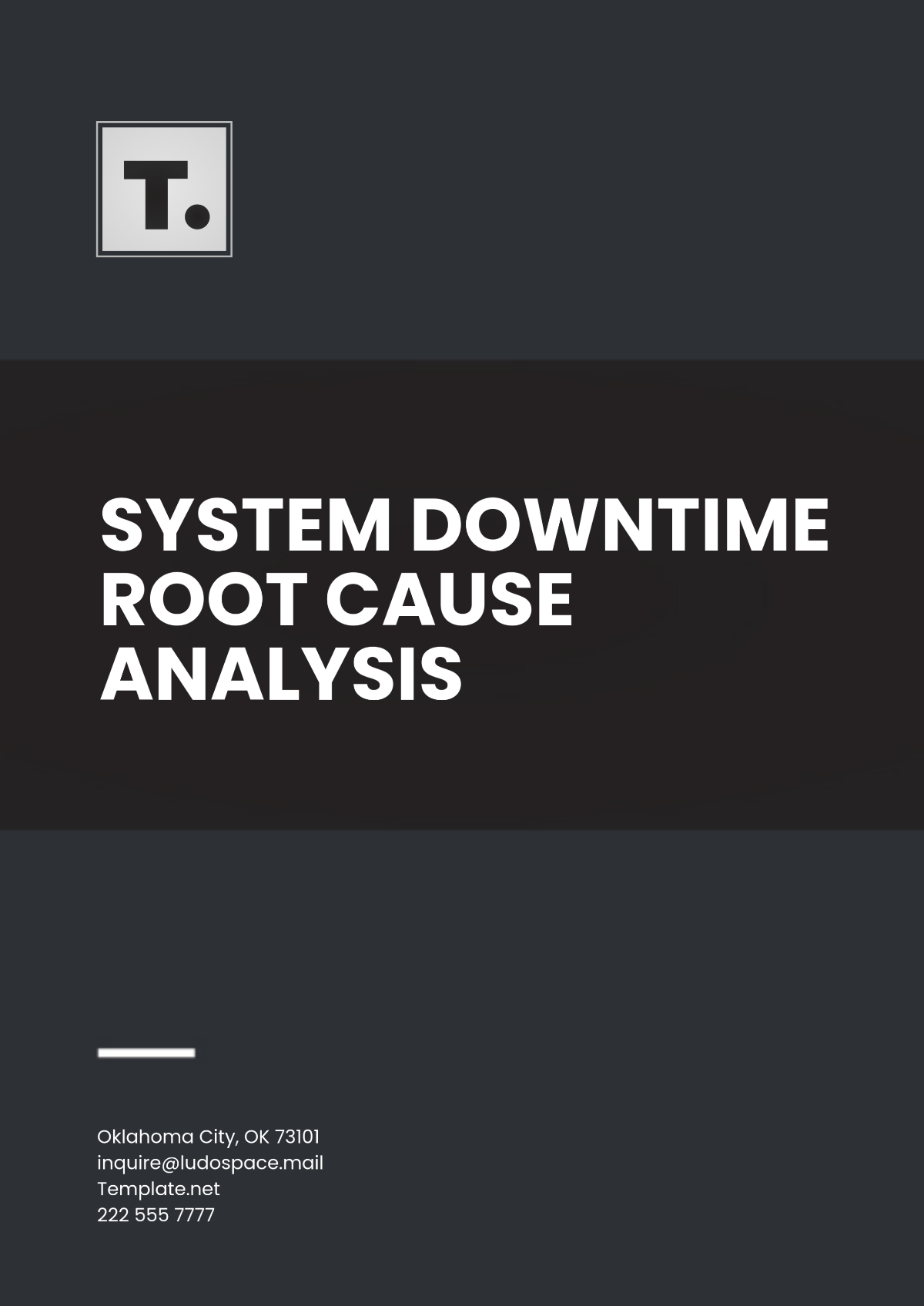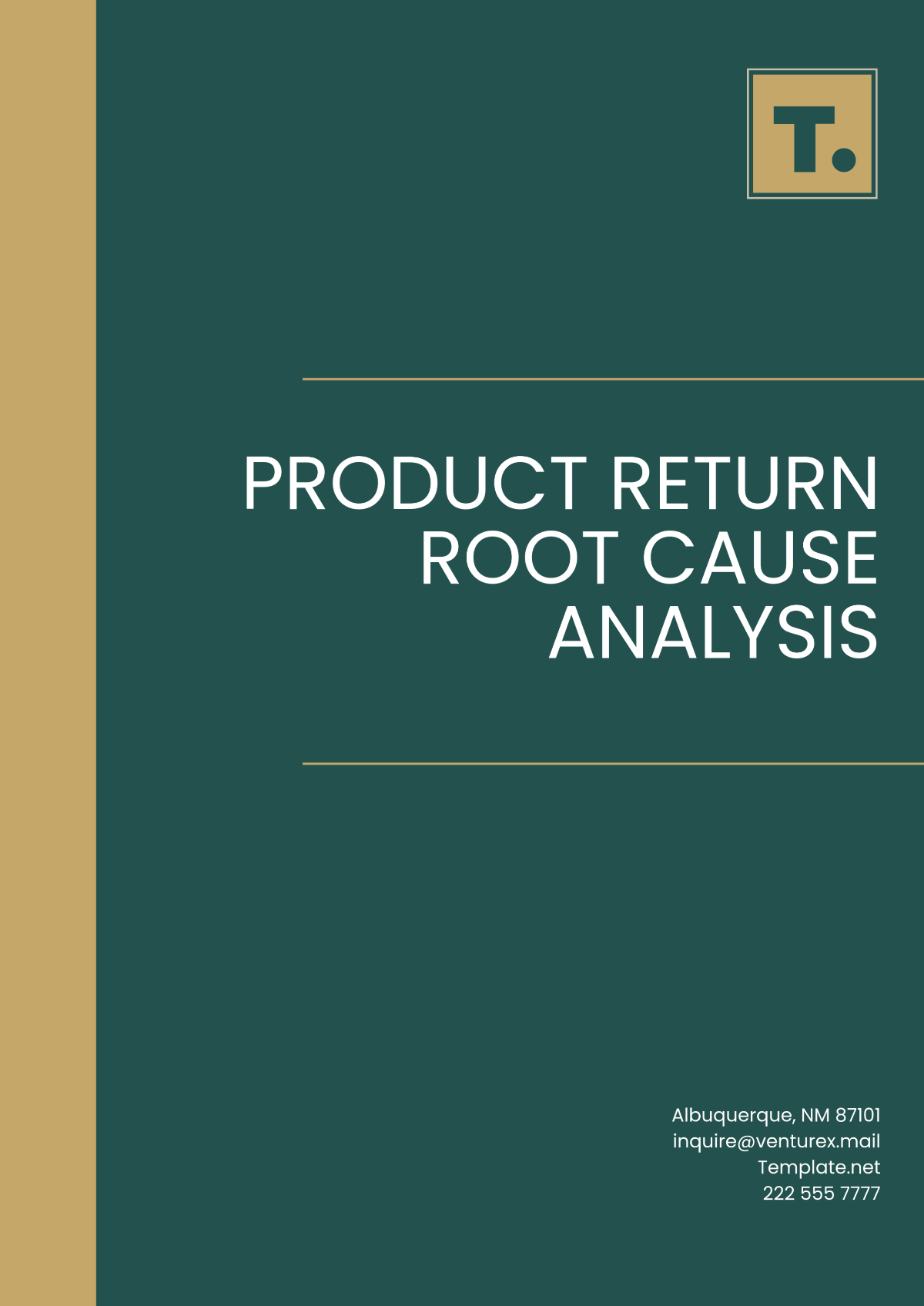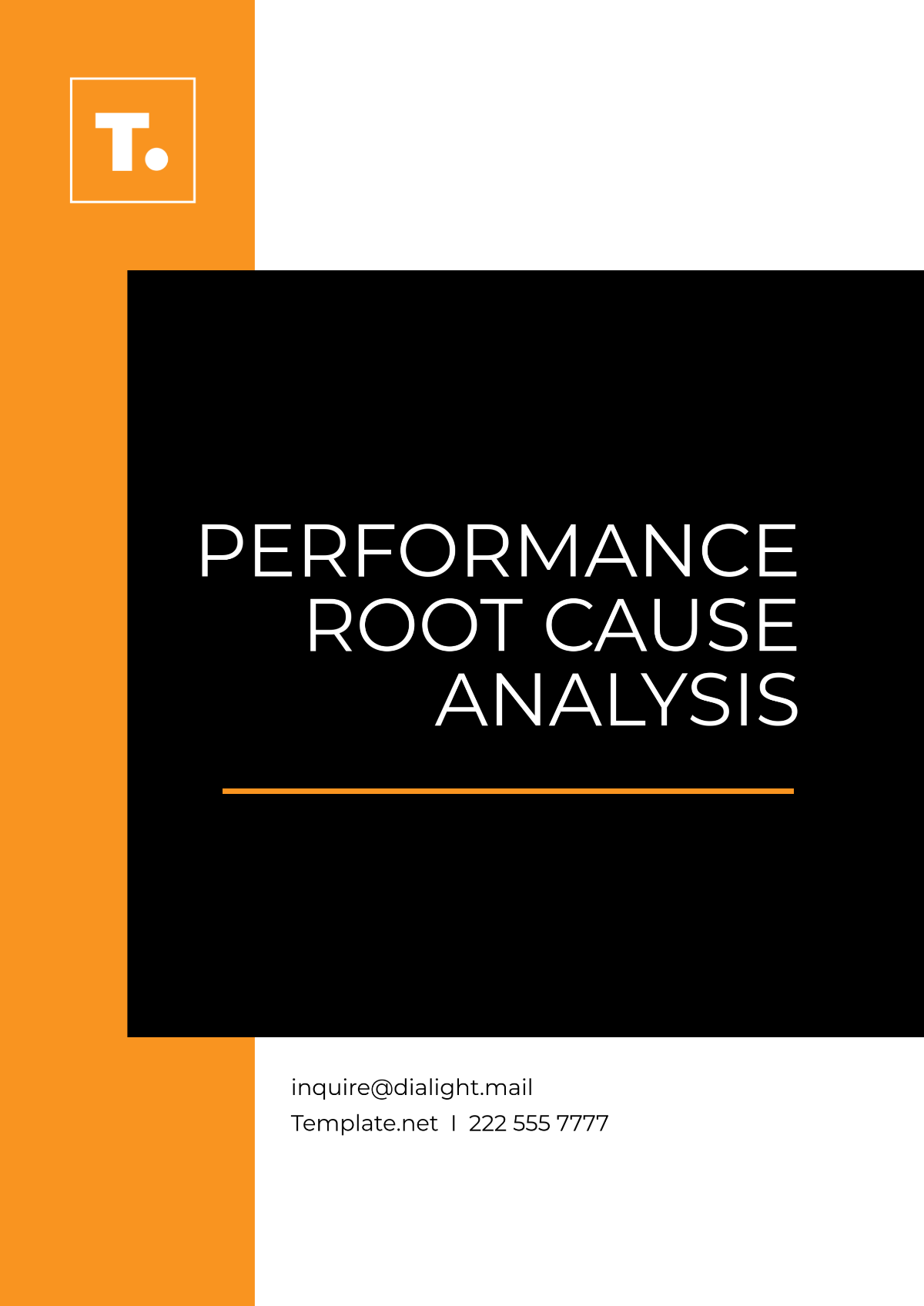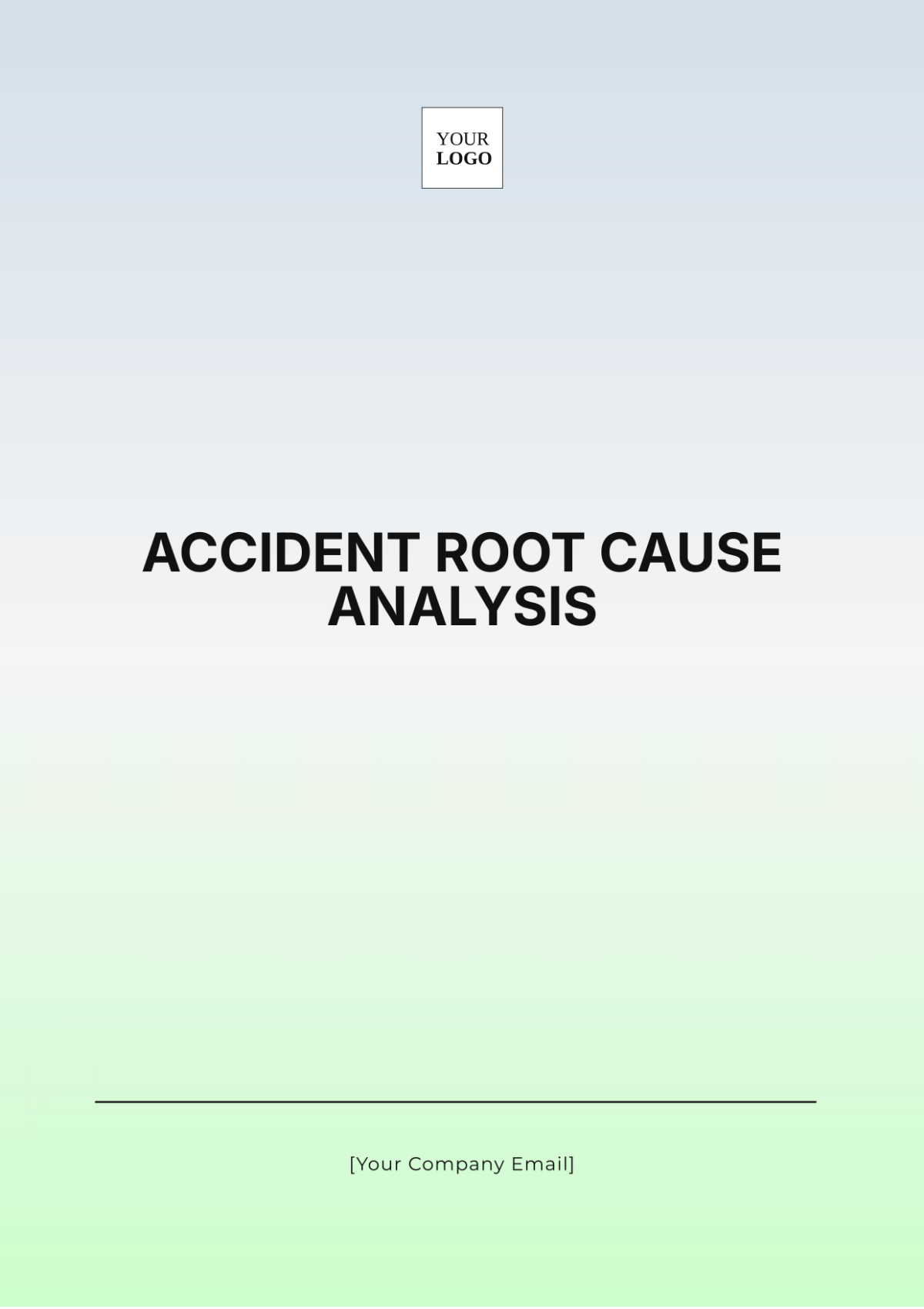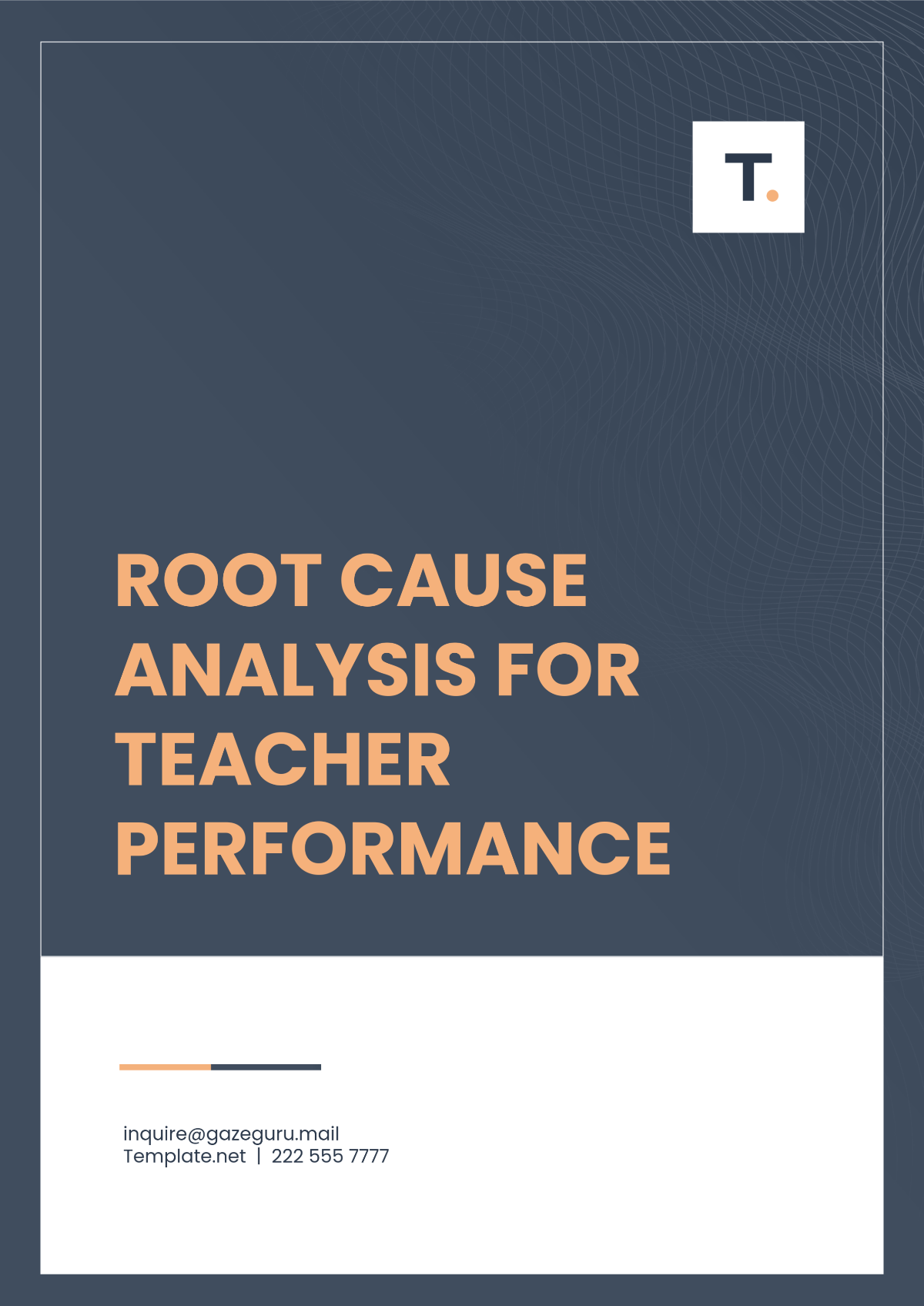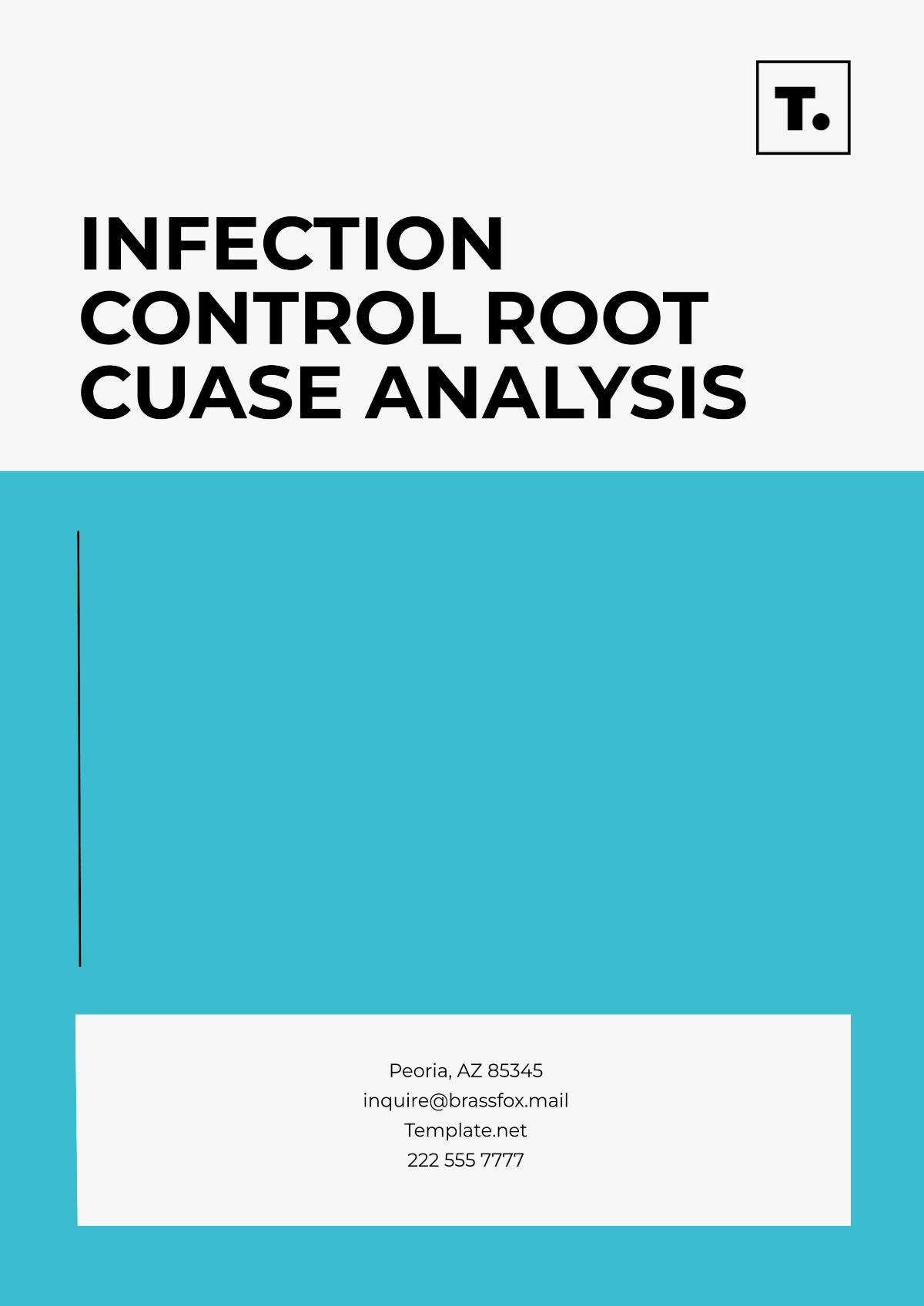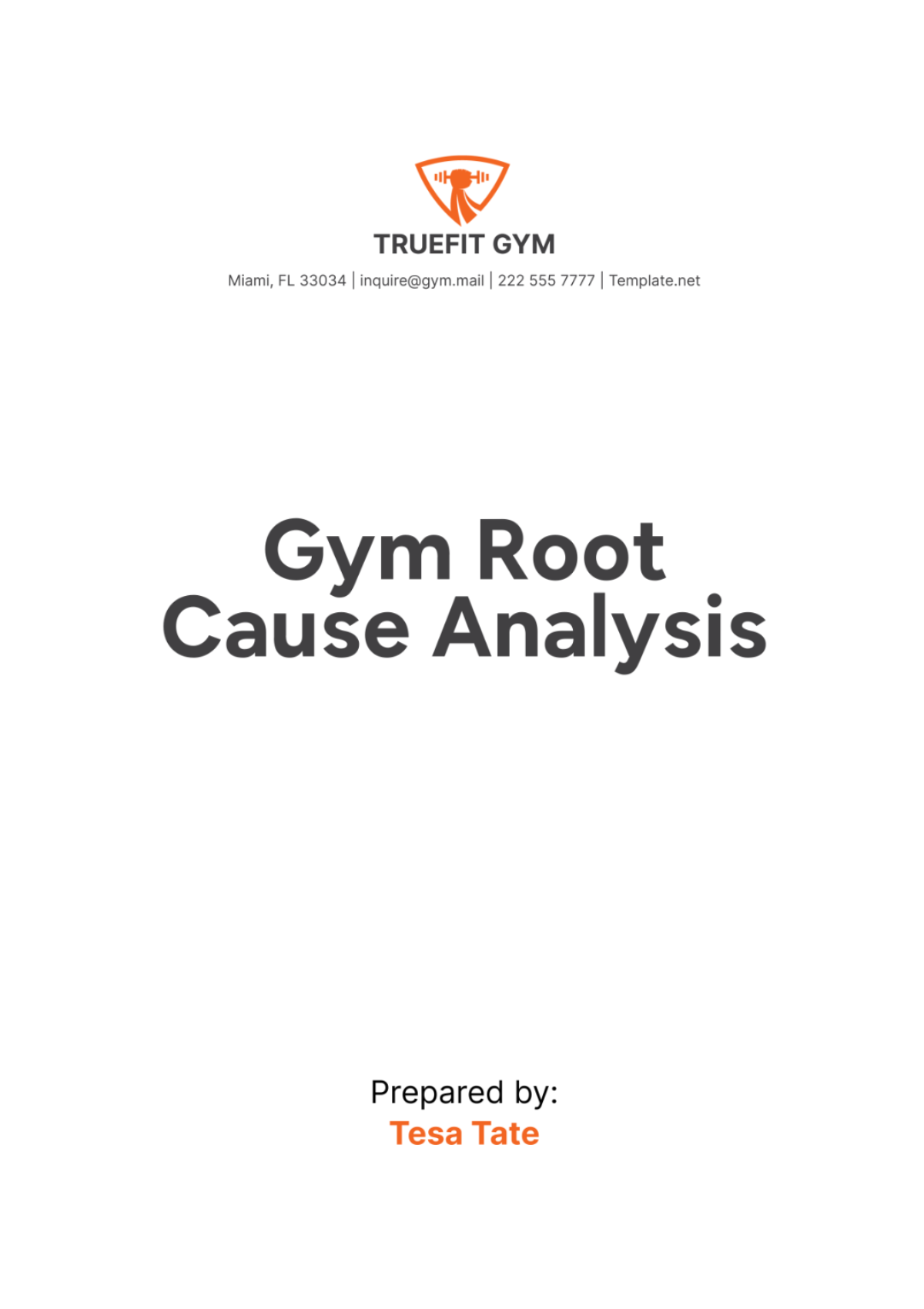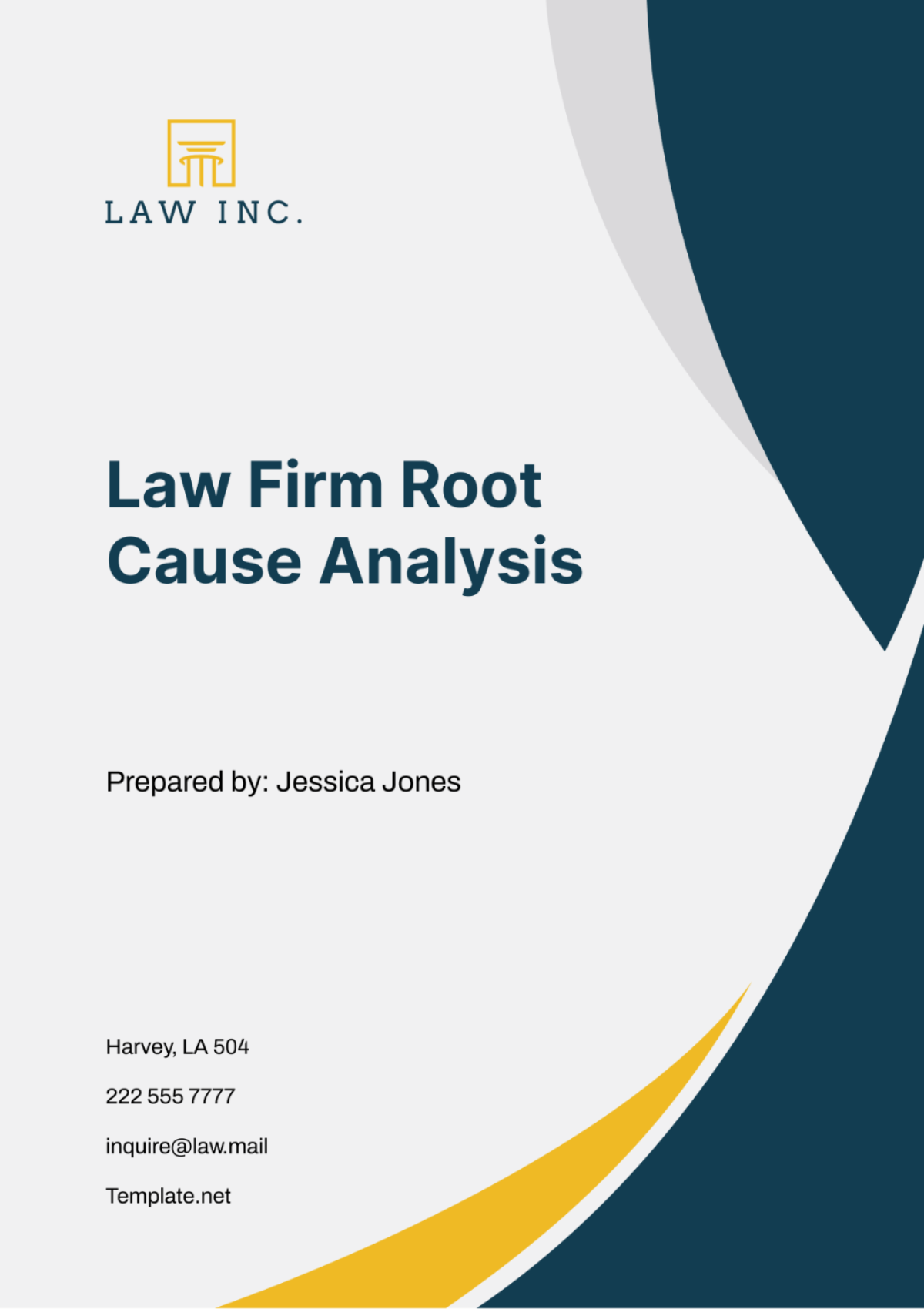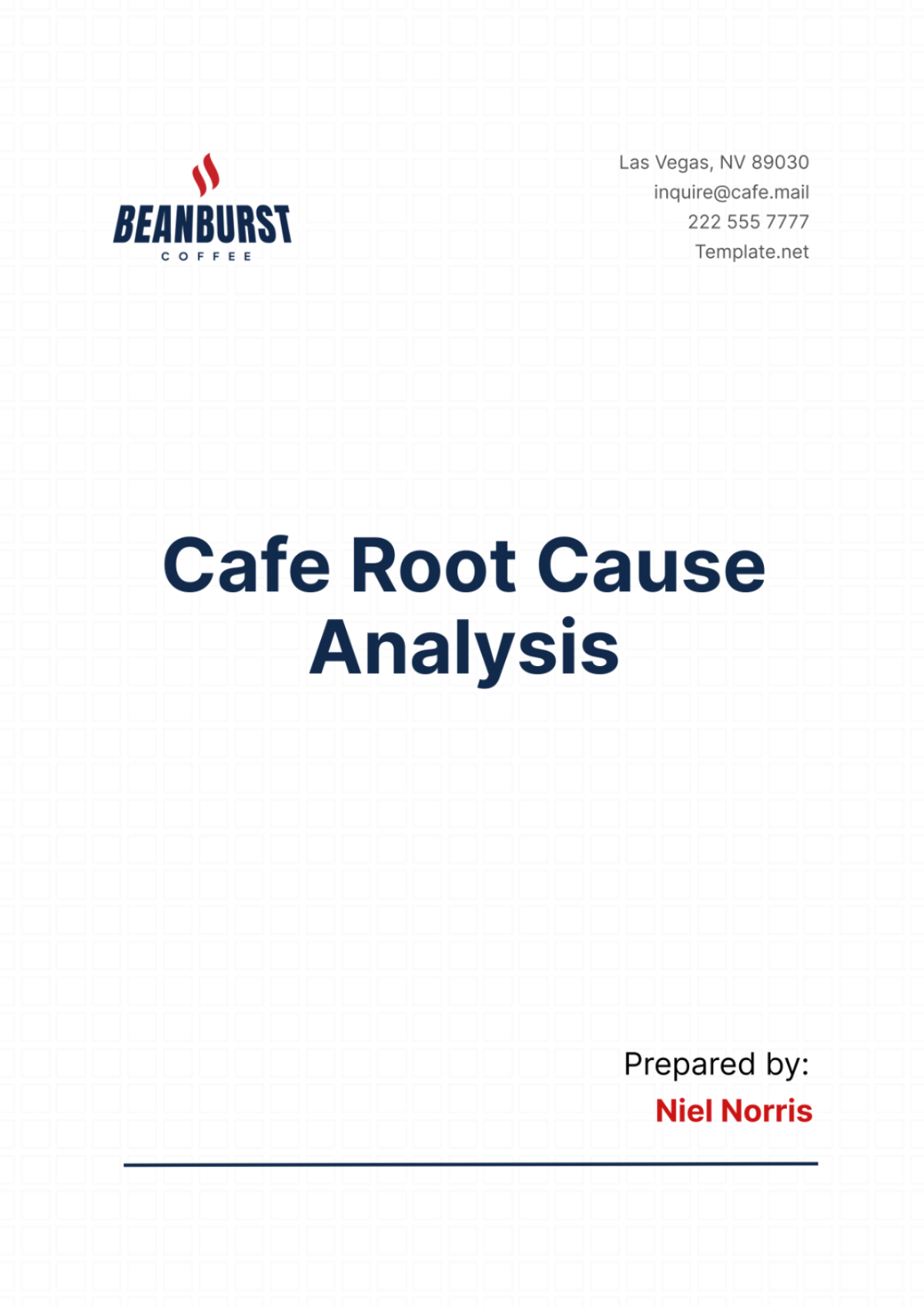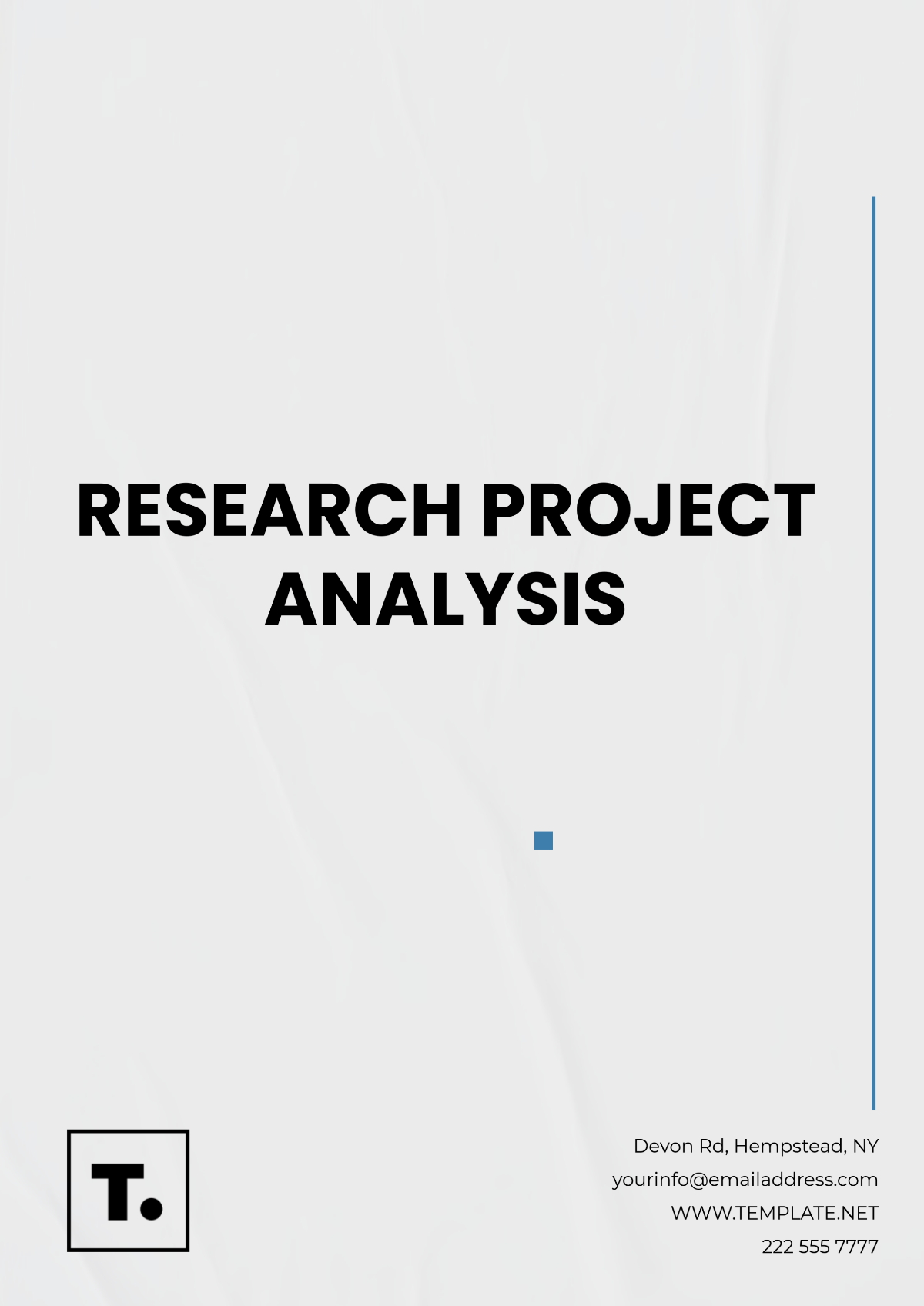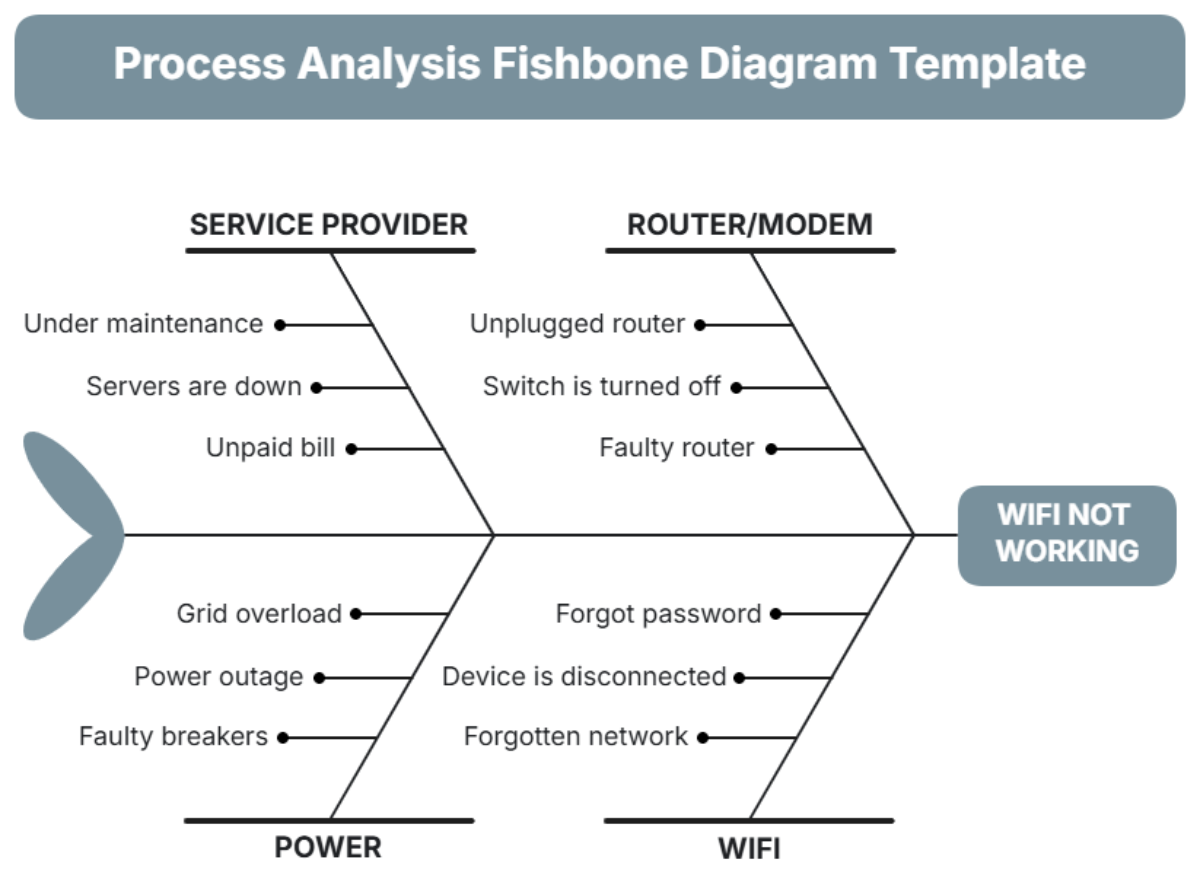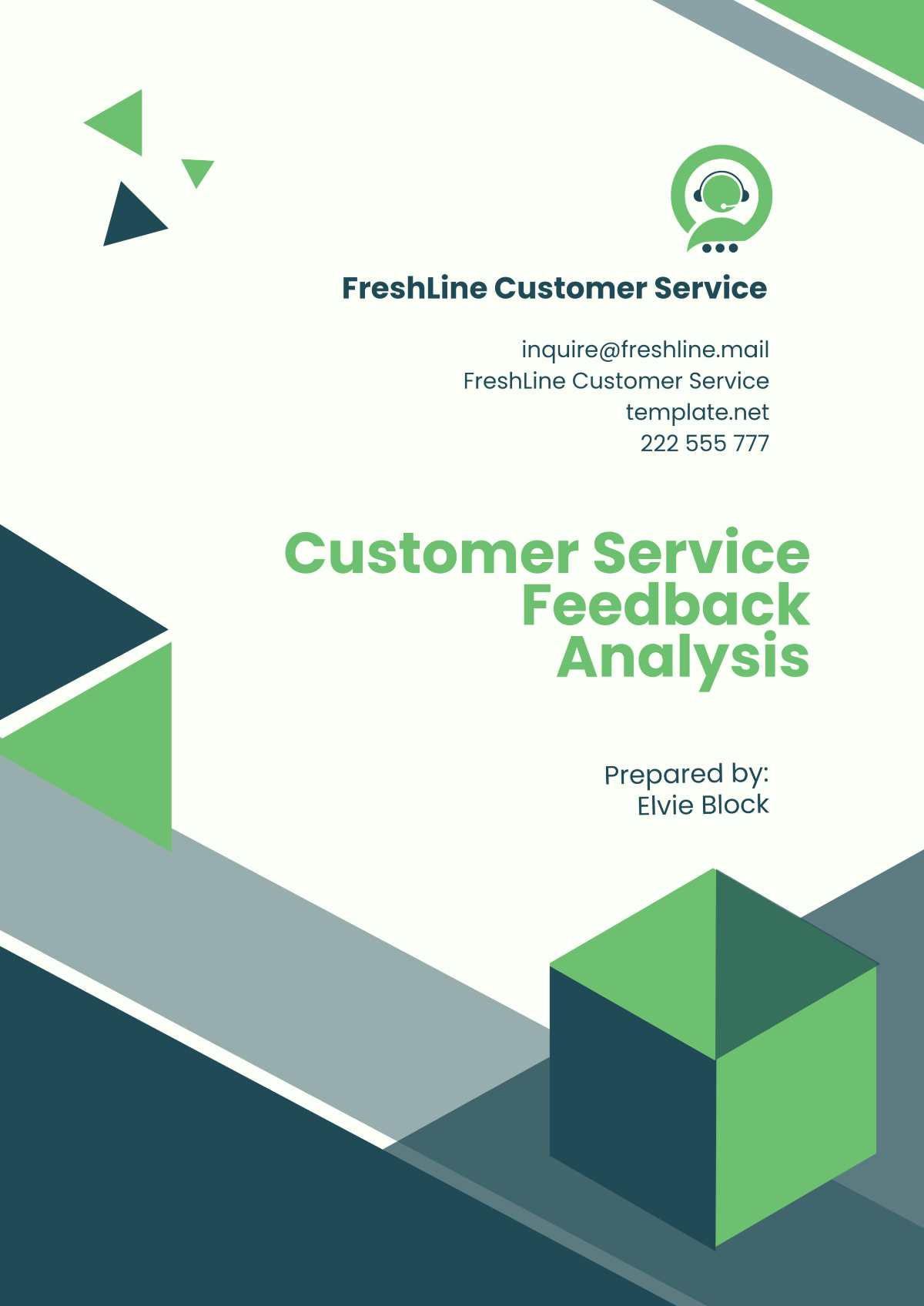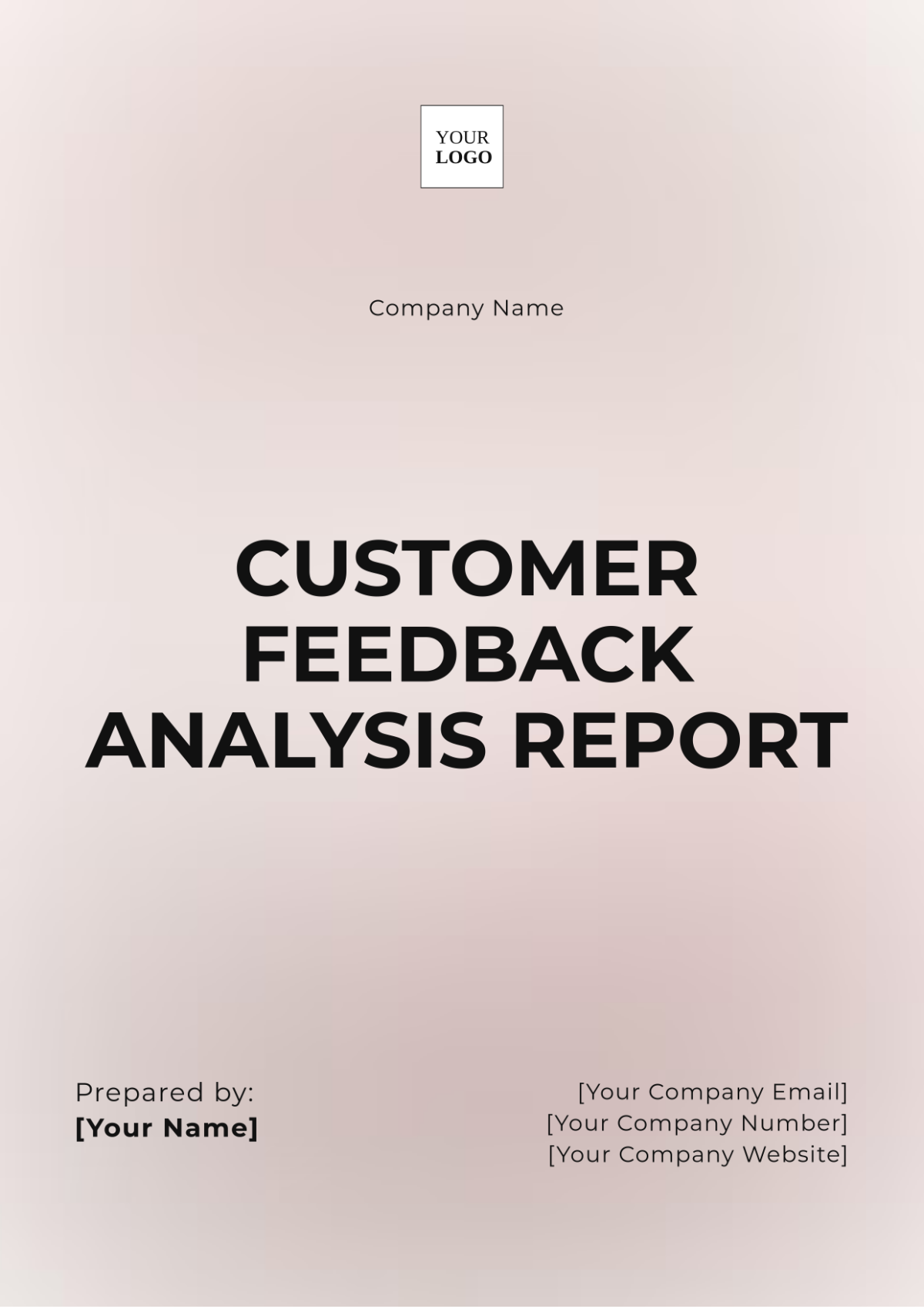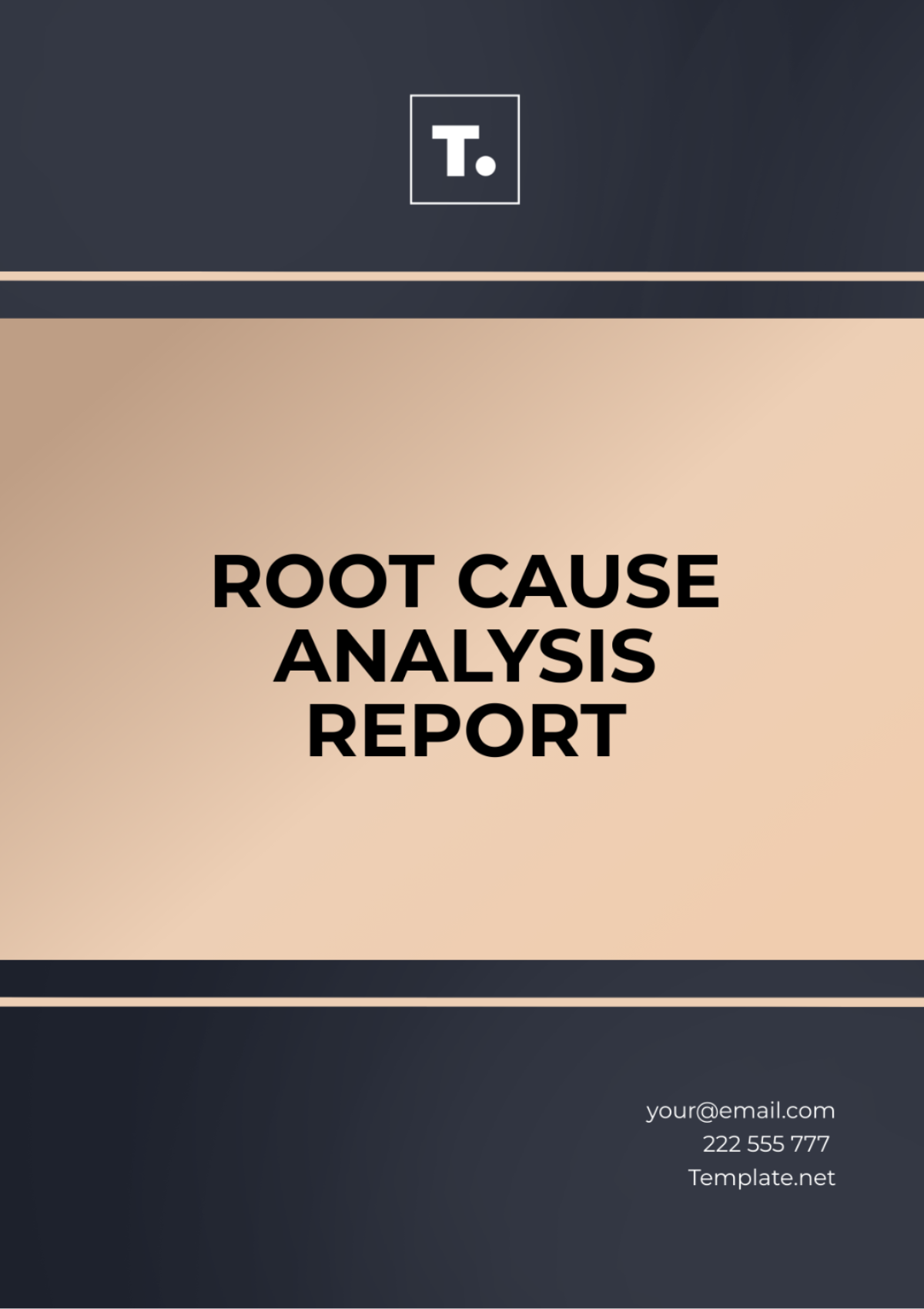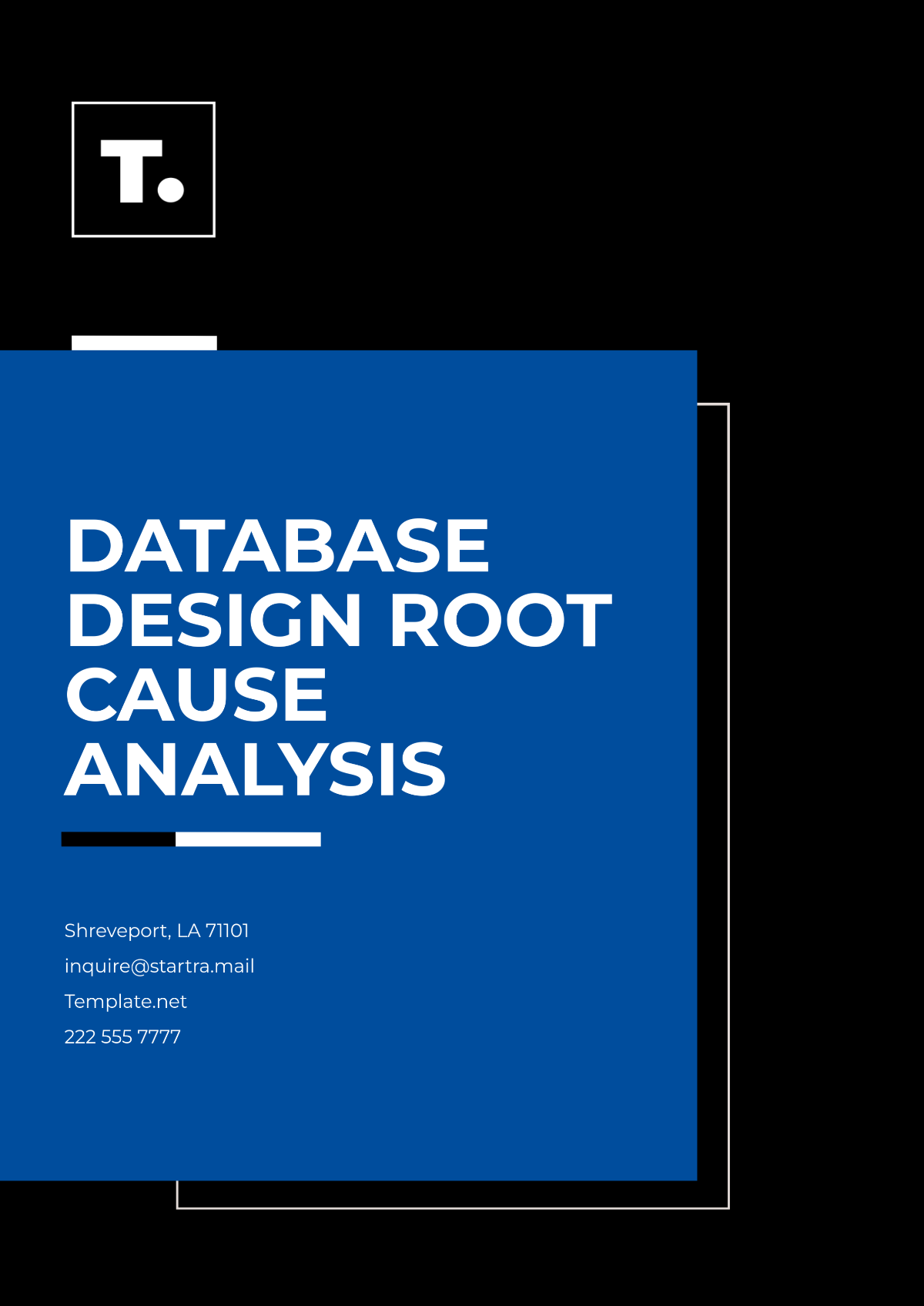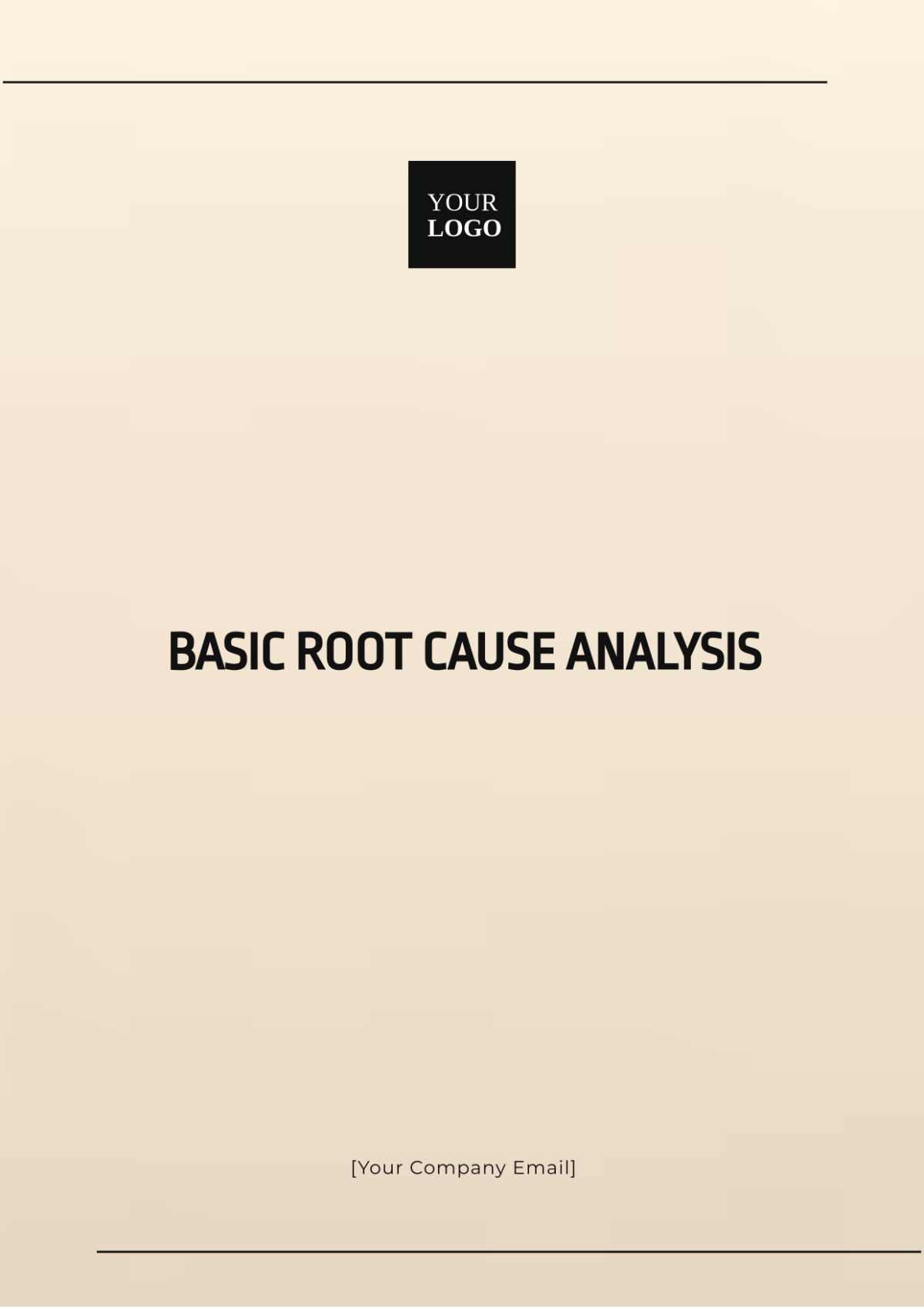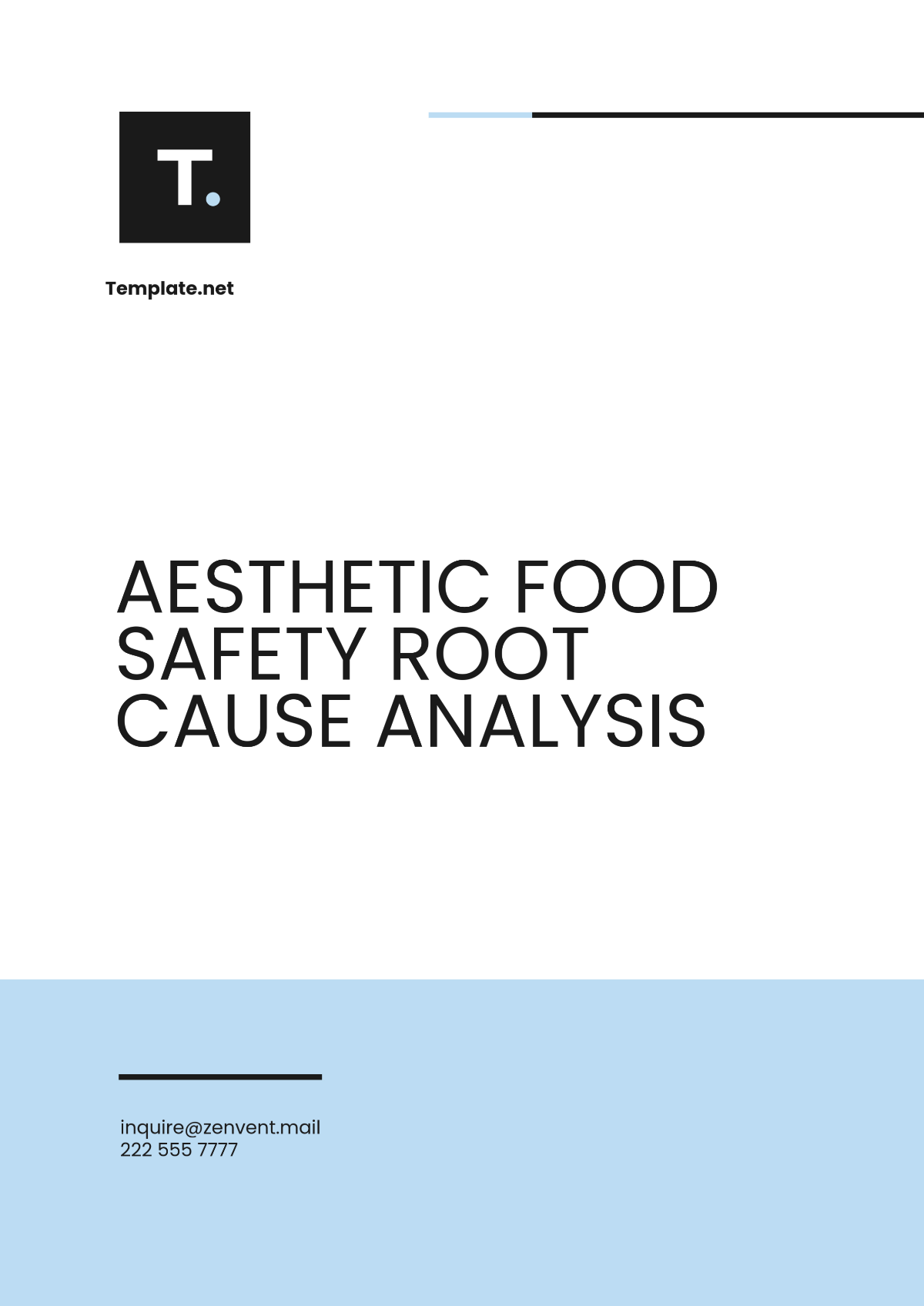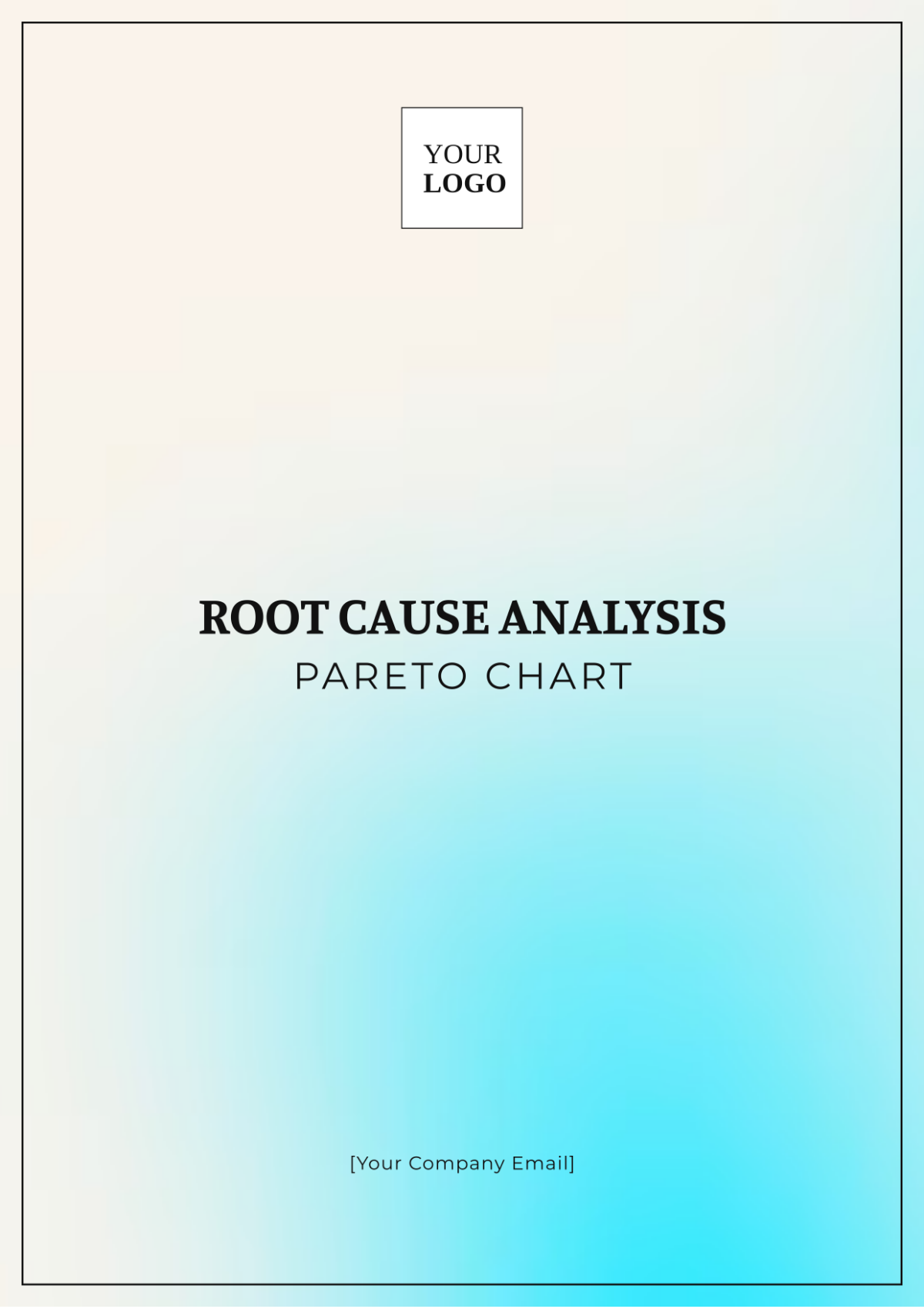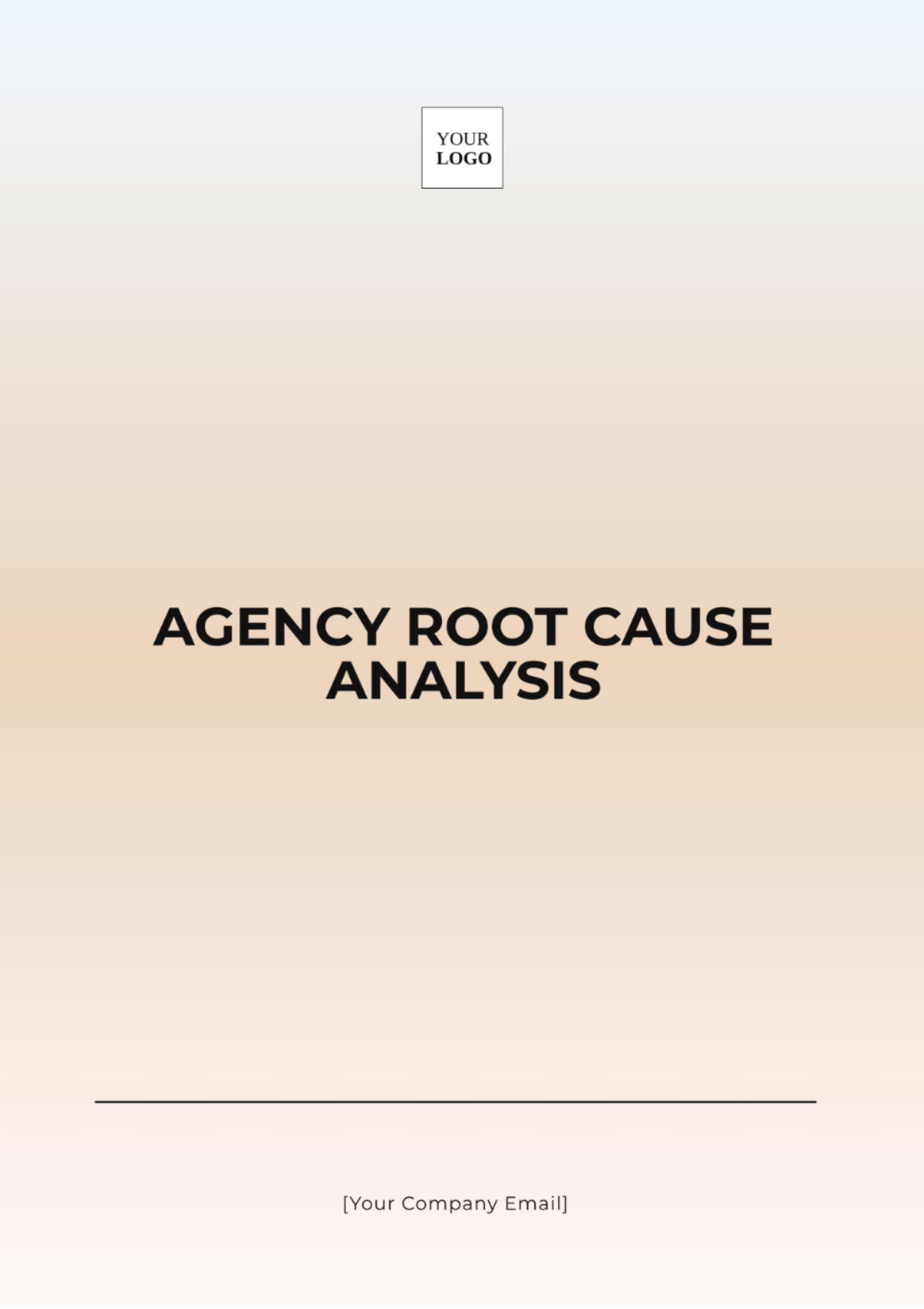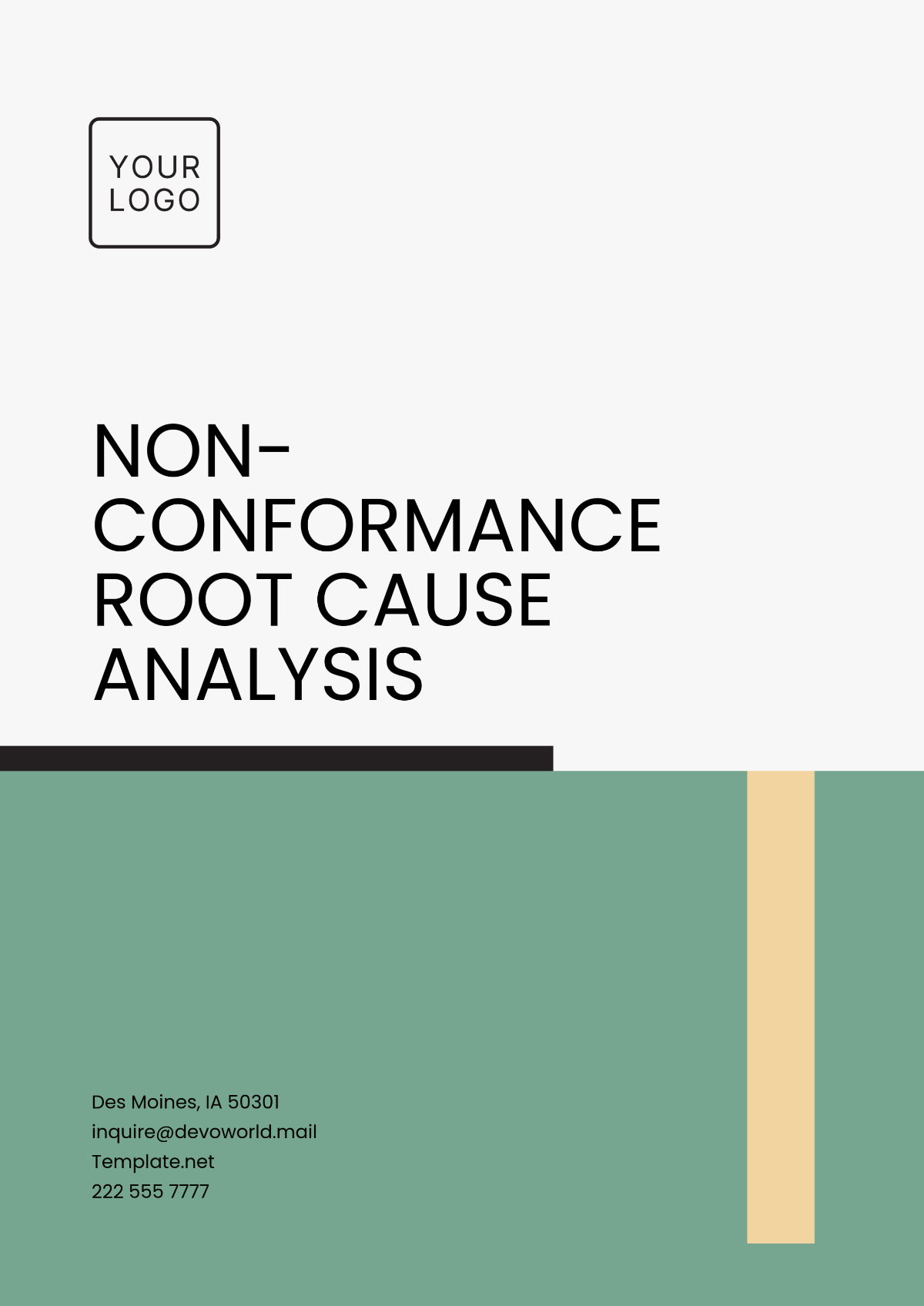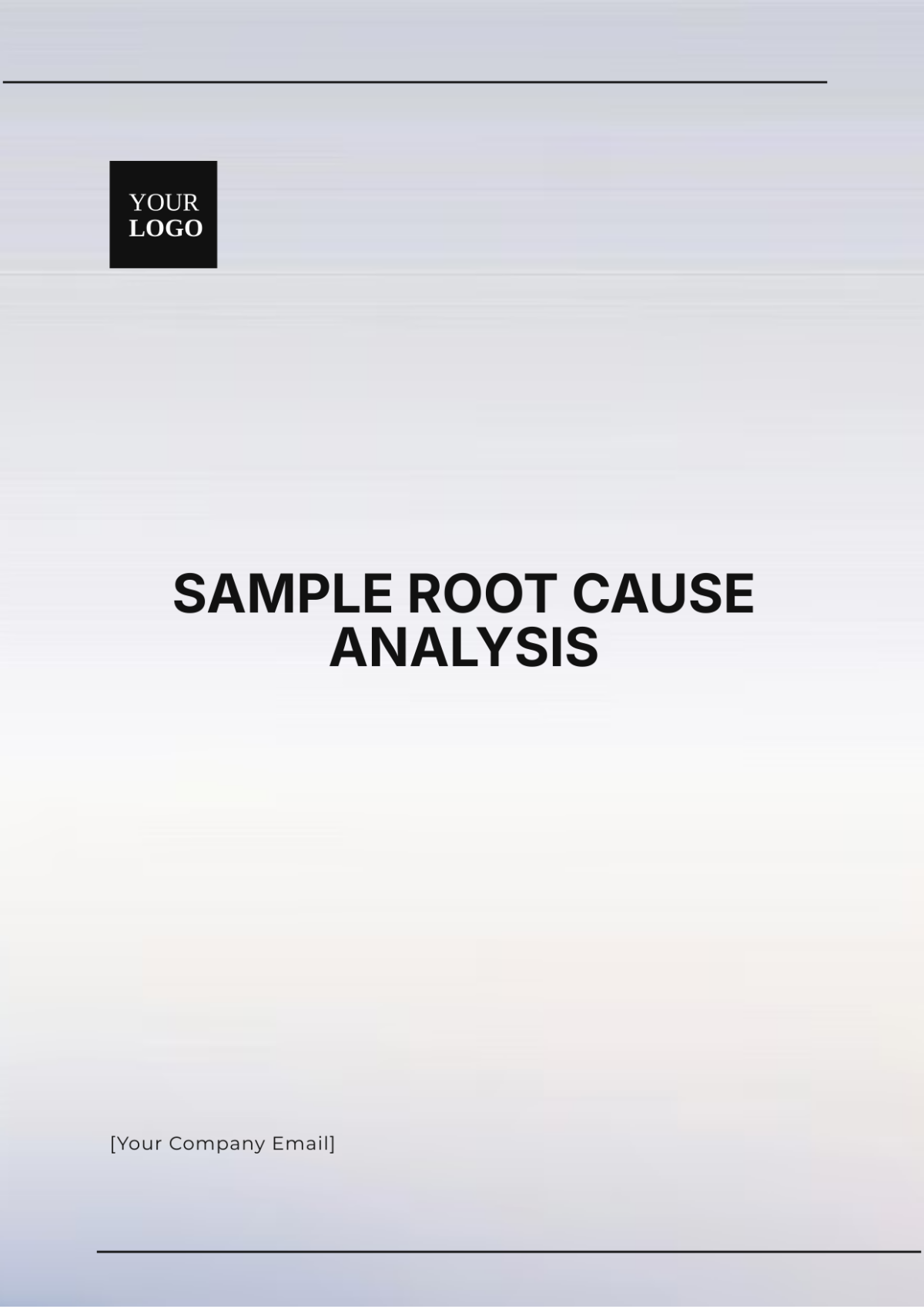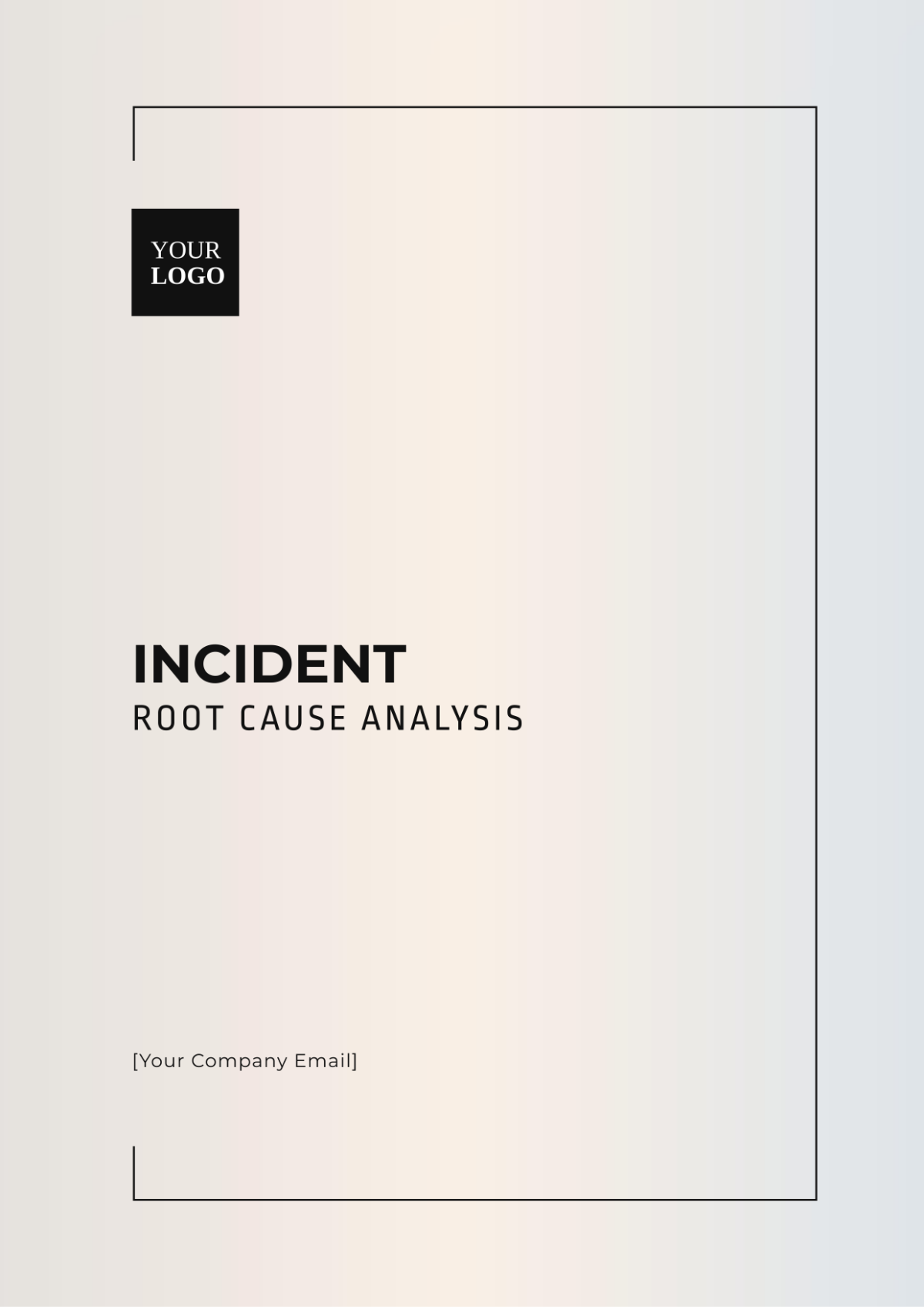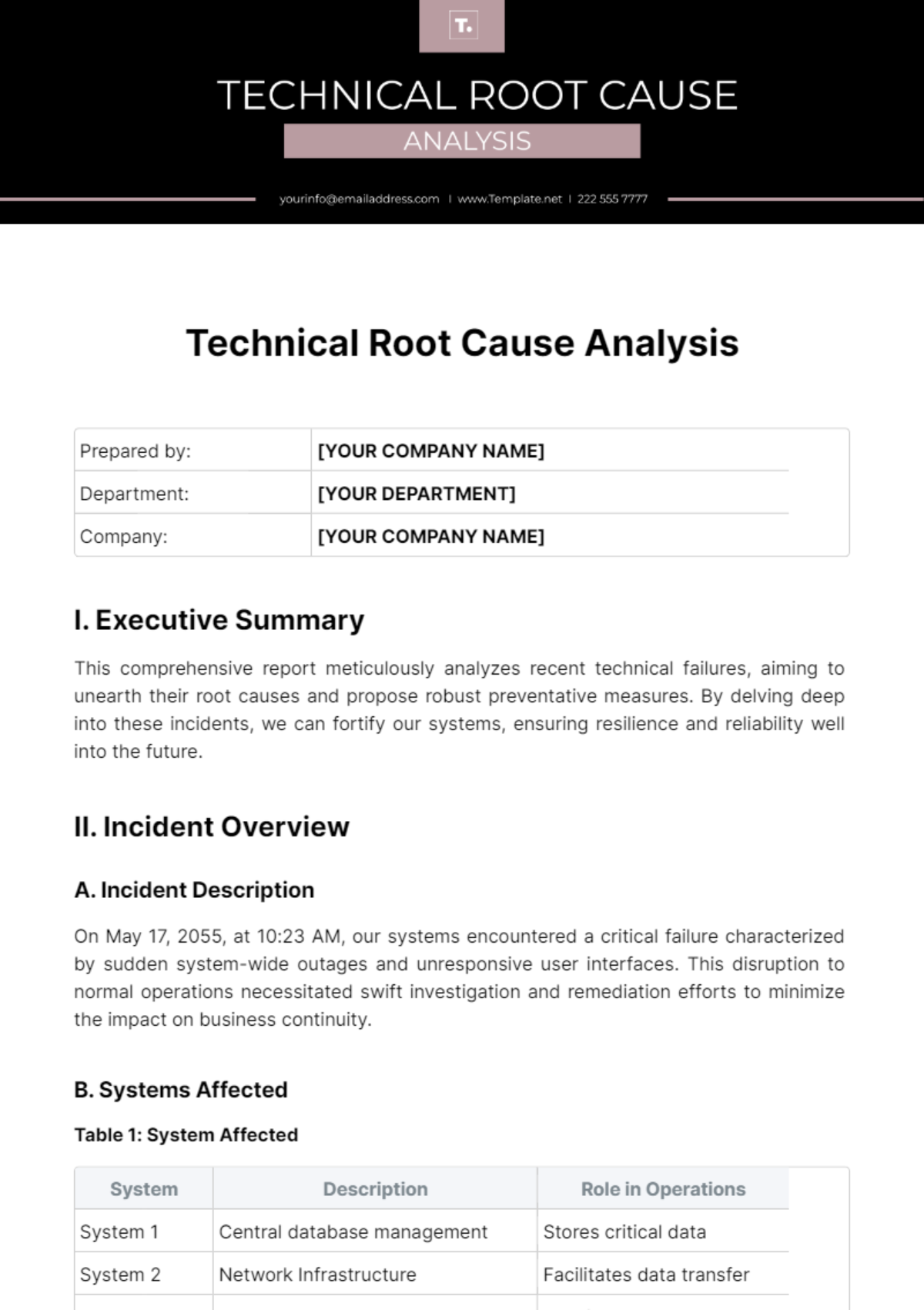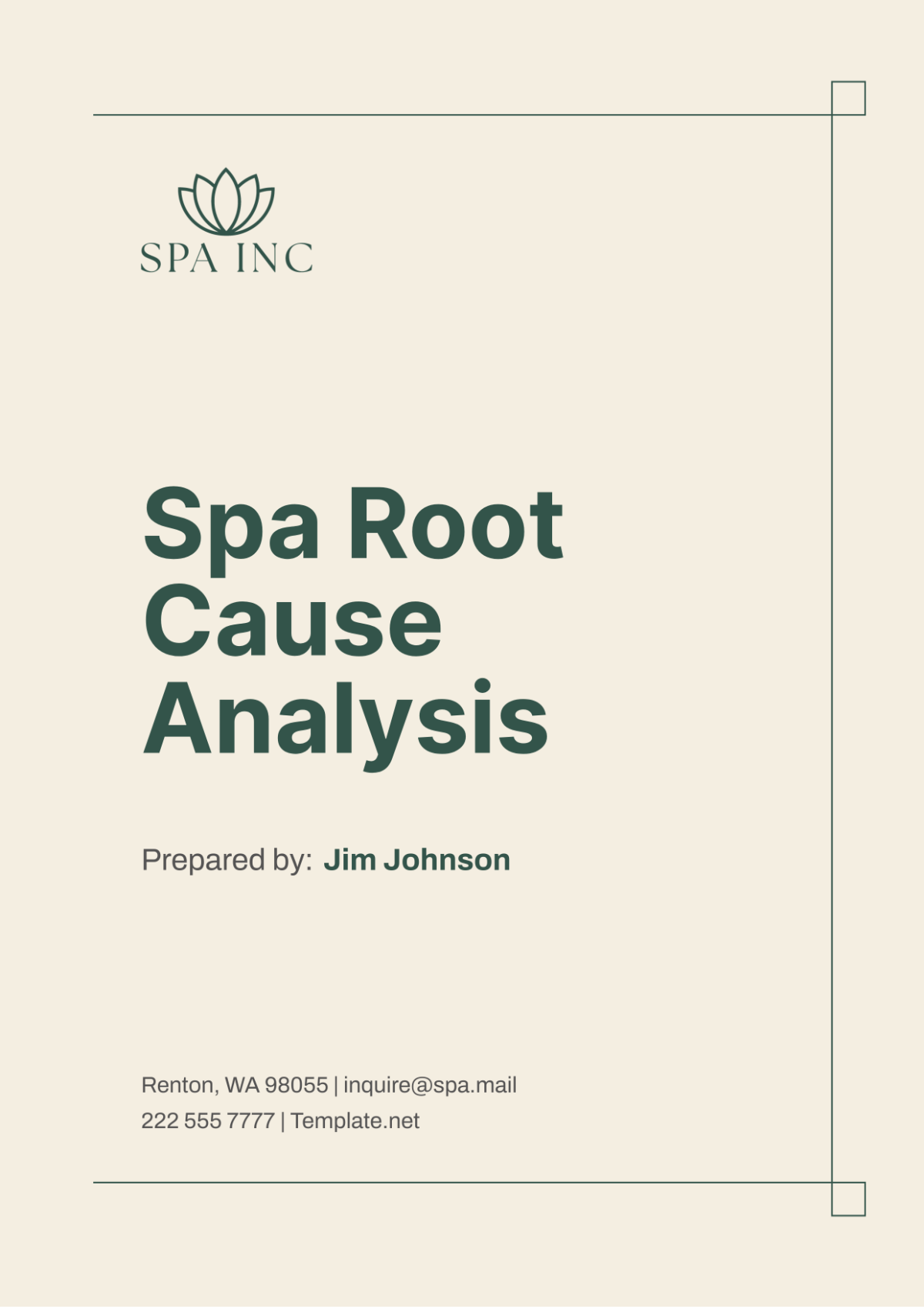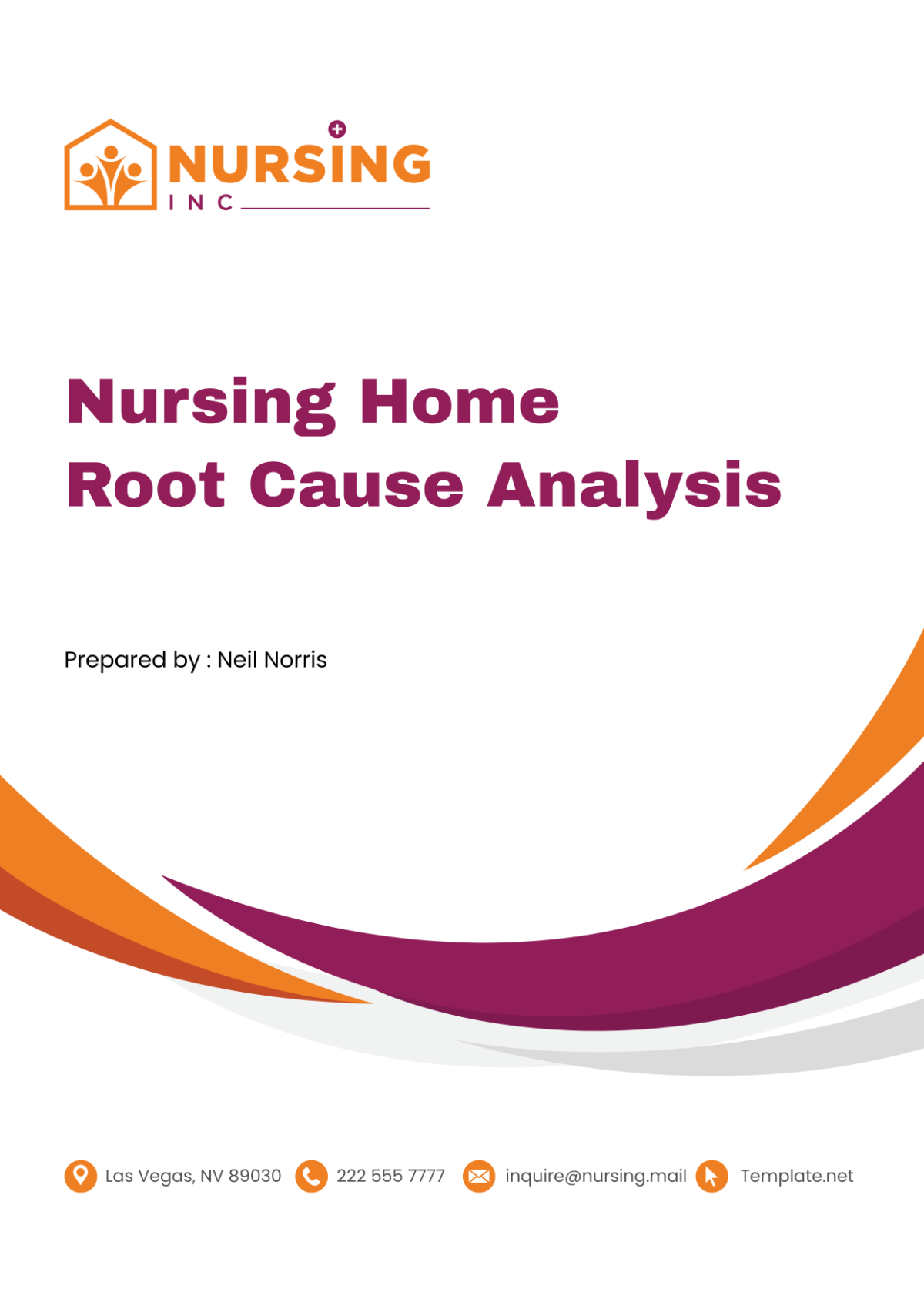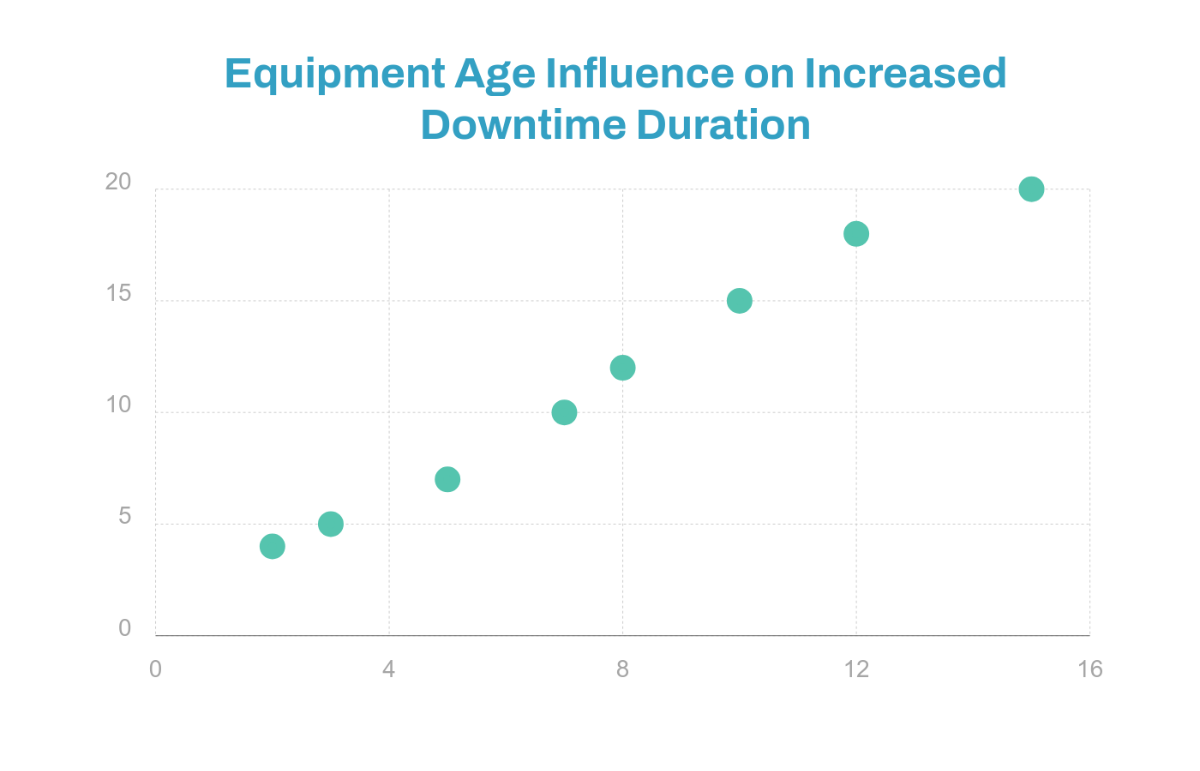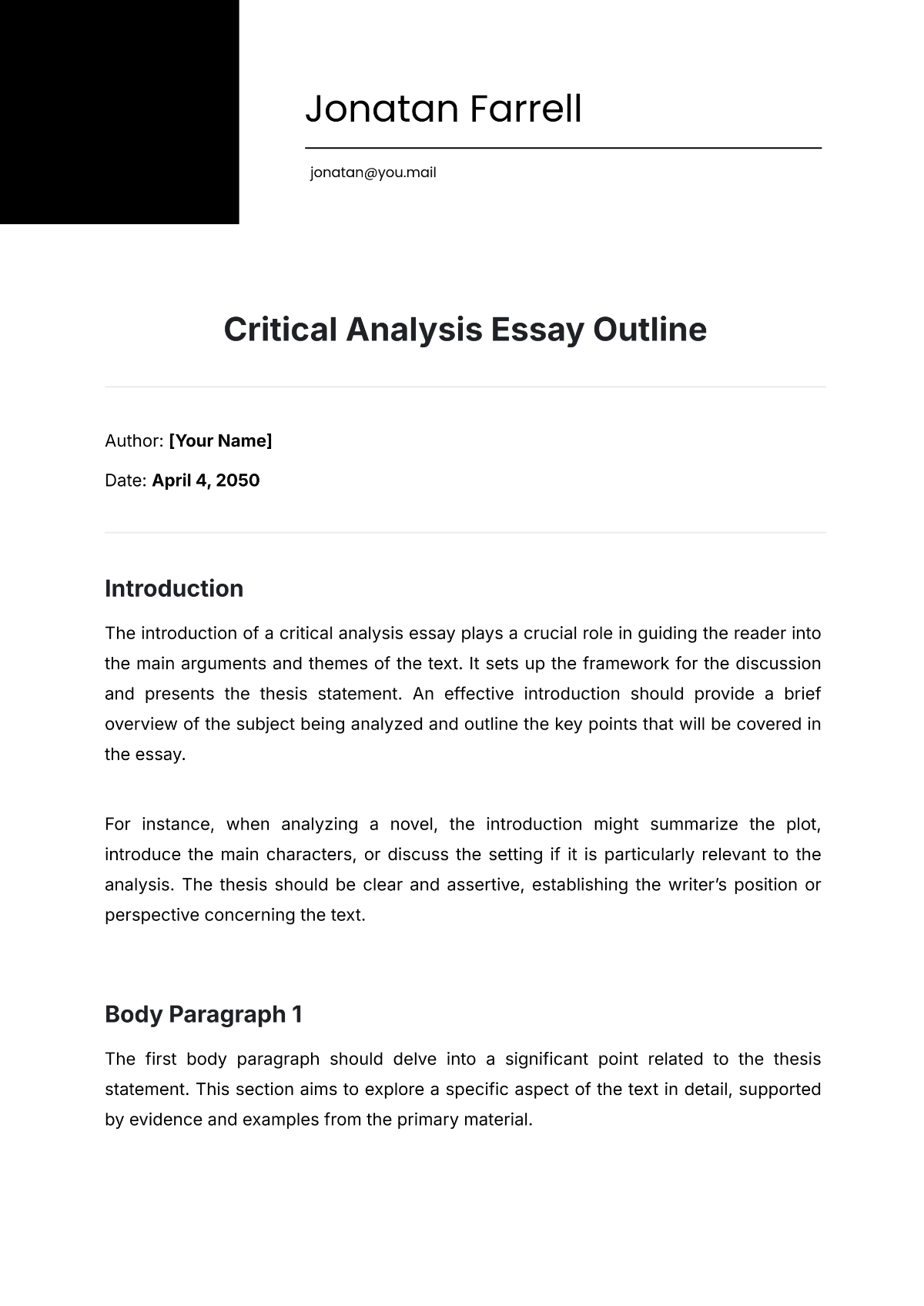School Attendance Data Analysis
I. Executive Summary
This analysis focuses on identifying trends and patterns in student attendance rates over the past academic year. By examining attendance records, we identified periods of low attendance and correlated them with external factors such as seasonal illnesses, holidays, and school events. The data revealed that attendance rates were consistently lower during the winter months, indicating a potential impact of flu season.
Additionally, a noticeable drop in attendance was observed following major school events, suggesting the need for improved post-event engagement strategies. The analysis also highlighted specific days of the week with lower attendance, guiding the need for targeted interventions. Overall, the findings provide actionable insights to develop strategies aimed at improving student attendance, thereby enhancing overall academic performance.
II. Introduction
A. Purpose of the Analysis
This analysis serves to delve into the complexities of student attendance rates, aiming to uncover the underlying factors that influence attendance. By understanding these factors, educational institutions can formulate targeted strategies to enhance student attendance and, consequently, academic performance. The ultimate goal is to create a more conducive learning environment that fosters consistent student engagement and participation.
B. Scope
In this comprehensive analysis, we explore attendance data from the entire academic year, examining daily, weekly, and monthly trends. By correlating attendance rates with external events and factors such as holidays, school events, and weather conditions, we aim to gain a holistic view of attendance patterns. This approach enables us to identify recurring trends and outliers, providing valuable insights into the dynamics of student attendance.
C. Key Focus Areas
The analysis will focus on identifying trends in student attendance, including peak and low attendance periods. Additionally, we will investigate the impact of external factors on attendance rates, such as school events and holidays. By pinpointing these trends and factors, educational institutions can develop targeted interventions to improve attendance and create a more conducive learning environment for all students.
III. Data Collection
This section outlines the sources and methods used to gather data for the analysis. Attendance records from the school, event calendars, local health department flu season reports, and weather reports were key sources. Data was collected using the school’s attendance management system and cross-referenced with external sources for accuracy and depth of analysis.
A. Data Sources
Data Source | Description |
|---|---|
School Attendance Records | Records of student attendance, including daily, weekly, and monthly attendance rates. |
School Event Calendars | Calendars detailing school events, such as holidays, exams, and extracurricular activities. |
Local Health Department Flu Season Reports | Reports providing data on the prevalence and severity of flu cases in the local community. |
Weather Reports | Reports containing data on weather conditions, including temperature, precipitation, and storms. |
B. Data Collection Methods
Data was collected using the school’s attendance management system, which records student attendance on a daily basis. This data was then cross-referenced with external data sources, such as local health department reports on flu season, to identify any correlations between attendance rates and health trends.
Additionally, weather reports were consulted to analyze the impact of weather conditions on attendance. This comprehensive approach ensured accurate and reliable data collection for the analysis.
IV. Data Analysis
This section highlights key findings from the analysis of attendance trends and their correlation with external factors. Trends include decreased attendance in winter months, lower rates after major events, and specific days with consistently lower attendance. External factors such as flu season, weather, and school events were found to contribute to these trends, suggesting potential strategies for improvement.
A. Attendance Trends
Analysis of attendance rates revealed the following trends:
Trend | Details |
|---|---|
Decreased attendance during winter months | Average attendance dropped by 10% during December-February compared to other months. |
Lower attendance rates after major events | Attendance decreased by 15% on average the day following major school events. |
Specific days with consistently lower attendance | Mondays and Fridays showed a 20% lower attendance rate compared to other weekdays. |
Increased attendance during spring months | Attendance increased by 5% during March-May compared to other months. |
Higher attendance on days with exams | Attendance rates were 10% higher on days with scheduled exams. |
Improved attendance during warmer months | Attendance rates were 8% higher during months with warmer weather. |
B. Correlation with External Factors
External factors contributing to attendance trends include:
Factor | Impact on Attendance |
|---|---|
Flu season | Absenteeism increased by 30% during peak flu season. |
Weather conditions | Attendance dropped by 25% on days with severe weather conditions. |
School events | Attendance decreased by 15% on average after major school events. |
Public holidays | Attendance was 10% lower on days coinciding with public holidays. |
Sporting events | Attendance decreased by 5% on days when major sporting events occurred. |
Local community events | Attendance was 8% lower when local community events took place. |
V. Key Findings
This section summarizes the significant findings derived from the data analysis, highlighting key trends and correlations that impact student attendance rates.
Key Finding | Details |
|---|---|
Impact of Seasonal Illnesses | Seasonal illnesses, particularly during the winter months, significantly affect attendance rates. |
Post-Event Attendance Declines | Attendance drops noticeably after major school events, suggesting a need for enhanced post-event engagement. |
Targeted Interventions for Specific Weekdays | Specific days of the week show lower attendance rates, indicating the need for targeted interventions on those days. |
Influence of Public Holidays | Attendance is significantly lower on days coinciding with public holidays. |
Weather Conditions | Severe weather conditions lead to a decrease in attendance rates. |
Impact of Parent-Teacher Conferences | Attendance rates tend to decrease during parent-teacher conference weeks. |
These findings underscore the importance of implementing targeted strategies to improve attendance and enhance student engagement throughout the academic year.
VI. Recommendations
This section outlines actionable recommendations derived from the analysis to improve attendance rates. Health interventions include implementing a flu vaccination program and promoting good hygiene practices. For post-event engagement, strategies involve enhancing student and parent engagement and offering incentives for attendance after major events. Targeted interventions for specific days include introducing engaging activities and monitoring students with frequent absenteeism patterns.
A. Health Interventions
This table outlines key health interventions aimed at improving student attendance by addressing common causes of absenteeism. Strategies include flu vaccination programs, hygiene awareness campaigns, and mental health support services. These interventions aim to create a healthier school environment and reduce the impact of illnesses on attendance rates.
Intervention | Details |
|---|---|
Flu Vaccination Program | Implement a flu vaccination program before the winter season to reduce the impact of flu-related absenteeism. This program should be accessible to all students and staff, with awareness campaigns to encourage participation. |
Hygiene Awareness Campaign | Increase awareness about good hygiene practices among students and staff to reduce the spread of illnesses. This campaign can include posters, workshops, and regular reminders about handwashing and respiratory etiquette. |
Health Education Workshops | Conduct health education workshops focusing on preventing common illnesses and promoting overall well-being. These workshops can cover topics such as nutrition, sleep hygiene, and stress management. |
Nutritional Programs | Implement nutritional programs to ensure students have access to healthy meals, boosting immune systems and overall health. These programs can include breakfast programs, healthy snack options, and education about balanced diets. |
Mental Health Support Services | Provide mental health support services to help students cope with stress and reduce absenteeism related to mental health issues. This can include counseling services, peer support groups, and mindfulness programs. |
B. Post-Event Engagement Strategies
This part focuses on post-event engagement strategies to maintain student interest and attendance after major school events. Strategies include organizing engaging activities, providing incentives for parent involvement, and engaging alumni. These strategies aim to sustain the momentum of school events and enhance overall student engagement.
Strategy | Details |
|---|---|
Enhanced Engagement Activities | Organize engaging activities or events following major school events to maintain student interest and attendance. These activities can include pep rallies, talent shows, or themed days related to the event. |
Parent Involvement Incentives | Provide incentives for parents to attend post-event meetings or conferences to enhance parent-school engagement. Incentives can include raffle prizes, recognition, or exclusive access to school events. |
Alumni Involvement Programs | Engage alumni in post-event activities to provide mentorship and networking opportunities for current students. Alumni can serve as guest speakers, mentors, or participants in career fairs. |
Community Engagement Events | Organize community engagement events after major school events to foster a sense of community and pride in the school. These events can include open houses, community service projects, or fundraising events. |
Collaborative Projects with Other Schools | Initiate collaborative projects with other schools to create a buzz and excitement after major events, encouraging attendance. Projects can include art collaborations, sports tournaments, or academic competitions. |
C. Targeted Interventions for Specific Days
This subsection highlights targeted interventions for specific days with historically low attendance rates. Interventions include themed activity days, academic support programs, and mentorship initiatives. These interventions aim to address attendance challenges on specific days and improve overall attendance rates throughout the academic year.
Intervention | Details |
|---|---|
Themed Activity Days | Introduce themed activity days on Mondays and Fridays to increase student motivation and attendance on these days. Themes can be academic, cultural, or recreational, tailored to student interests. |
Academic Support Programs | Implement academic support programs on specific days with historically low attendance to encourage student participation. These programs can include tutoring sessions, study groups, or workshops on challenging subjects. |
Mentorship Programs | Establish mentorship programs where older students or staff members mentor students on specific days to increase engagement. Mentors can provide academic support, career guidance, and social-emotional support. |
Guest Speaker Series | Organize guest speaker sessions on specific days to provide unique learning opportunities and boost attendance. Speakers can include experts in various fields, motivational speakers, or alumni sharing success stories. |
Extended Library Hours | Keep the library open for extended hours on specific days to provide a quiet and supportive study environment, encouraging attendance. This can also include library programs such as book clubs or reading challenges to promote literacy and engagement. |
VII. Conclusion
The analysis of school attendance data has revealed significant insights into the factors influencing student attendance rates. By understanding these trends and patterns, schools can develop targeted strategies to improve attendance and enhance student engagement. Implementing the proposed recommendations, such as health interventions, post-event engagement strategies, and targeted interventions for specific days, can help schools create a more supportive and engaging learning environment.
Addressing the identified issues, such as seasonal illnesses, post-event attendance declines, and specific weekday attendance challenges, is crucial for improving overall attendance rates. Schools can use these insights to tailor interventions that meet the unique needs of their student population, ultimately leading to improved academic performance and student success. By prioritizing attendance and implementing evidence-based strategies, schools can create a positive impact on student attendance and overall school culture.
Therefore, the analysis underscores the importance of proactive attendance management and the implementation of targeted interventions. By taking a holistic approach to address attendance challenges, schools can create a more inclusive and supportive environment that promotes regular attendance and enhances student engagement.
For further information, please contact: [Your Company Name] at [Your Company Email]

